 |
|||||||||
|
|
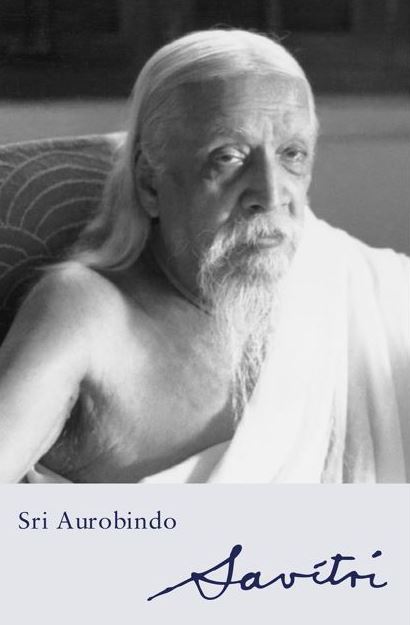
Savitri is Sri Aurobindo's major poetic work, an epic in blank-verse of about 24,000 lines in which a tale from the Mahabharata becomes a symbol of the human soul's spiritual quest and destiny.
"The tale of Satyavan and Savitri", Sri Aurobindo noted, "is recited in the Mahabharata as a story of conjugal love conquering death". Sri Aurobindo has widened the original legend and turned it into a symbol in which the soul of man, represented by Satyavan, is delivered from the grip of death and ignorance through the love and power of the Divine Mother, incarnated upon earth as Savitri.
Sri Aurobindo worked on this poem for more than thirty years. When a disciple asked why he kept rewriting it, he replied: "That is very simple. I used Savitri as a means of ascension. I began it on a certain mental level, each time I could reach a higher level I rewrote it from that level. . . In fact Savitri has not been regarded by me as a poem to be written and finished, but as a field of experimentation to see how far poetry could be written from one's own yogic consciousness and how that could be made creative."
The Mother considered Savitri to be "the supreme revelation of Sri Aurobindo's vision" and called it "that marvellous prophetic poem which will be humanity's guide towards its future realisation."
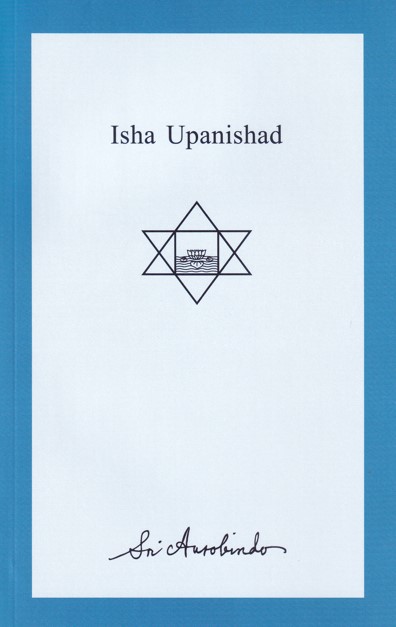
This book contains Sri Aurobindo's final translation and analysis of the Isha Upanishad. In his definitive commentary on this important Vedantic scripture, he presents its central idea, which is a reconciliation and harmony of fundamental opposites, and shows how in its verses one can discover the resolution of such "pairs of opposites" such as God and Nature, renunciation and enjoyment, action and freedom, the active and inactive Brahman, and works and knowledge.
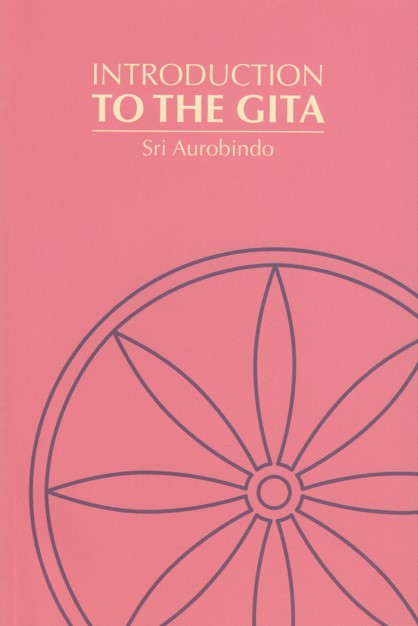
The essays in this volume were originally written by Sri Aurobindo in Bengali and published serially in the journal Dharma in 1909–10. They discuss the elements pivotal to understanding the Gita: the breadth and significance of its setting, the nature of its chief protagonists, and the circumstances and political objectives that brought the Kauravas and the Pandavas to the battlefield. The essays point to the central teaching of the Gita, which answers man's most searching questions about God and the world, the purpose of life, and the way to right living.
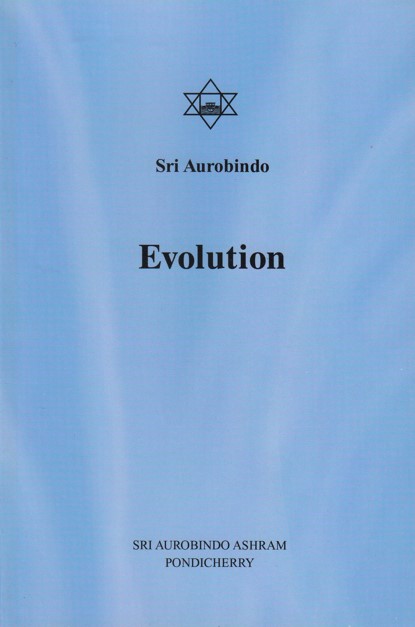
The three philosophical essays in this book were first published in the monthly review Arya in 1915 and 1918. In the title essay "Evolution" Sri Aurobindo deconstructs the materialistic theory of evolution, which had been the keynote of nineteenth century thought. He shows how advanced thinking was moving towards the perception of evolution "by a superconscient Knowledge which reveals things in Matter, Life and Mind out of the unfathomable Inconscient from which they rise". The other essays are titled "The Inconscient" and "Materialism".
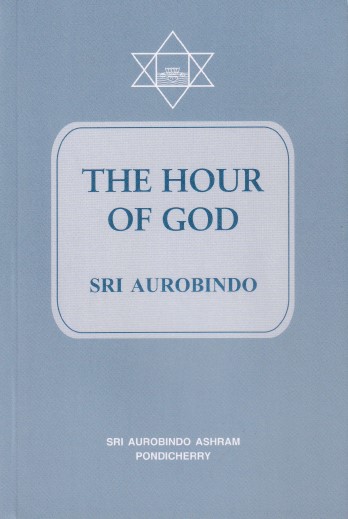
This book is a collection of twenty-four short prose pieces written by Sri Aurobindo between 1910 and 1940 and published posthumously. The essays and schemata are organised into four thematic categories titled "The Hour of God", "On Yoga", "The Absolute and the Manifestation", and "Man and Superman". Notes on the texts and a glossary of Sanskrit terms are included at the end of the volume.
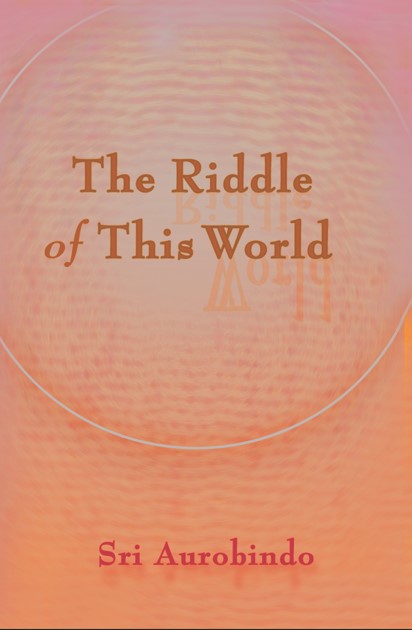
The writings of Sri Aurobindo collected in this book were originally composed in answer to questions raised by disciples and others interested in the integral Yoga. They touch on problems often raised in relation to spiritual truth and experiences, such as the reason for this creation's disharmony full of division and ego, the nature of doubt and faith, and the discernment of different planes and movements in the sadhana.
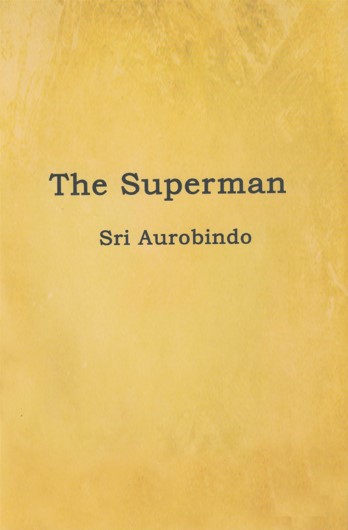
The three essays collected in this book were originally published in the monthly review Arya between April and August 1915. In the title essay Sri Aurobindo examines the ideal of the superman and defines it as a "certain divine and harmonious absolute of all that is essential in man". The other essays are an exploration of the concepts of fate and free-will and their impact on a man's temperament and inner being, and a meditation on the way to achieve "the delight of works" through self-knowledge and self-offering.
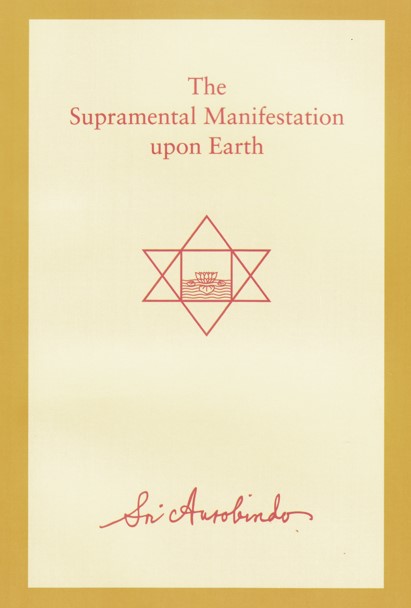
Sri Aurobindo wrote these eight essays, his last prose writings, in 1949 and 1950 for publication in the quarterly Bulletin of Physical Education (at present called the Bulletin of Sri Aurobindo International Centre of Education). They reveal a vision which includes the perfection of the body as an instrument of the action of the spirit, the nature and structure of a divine body and the conditions and operations of its life on earth, the manifestation of a supramental truth-consciousness as the basis for a divine life upon earth, and the creation of a new humanity possessed of a mind of light.
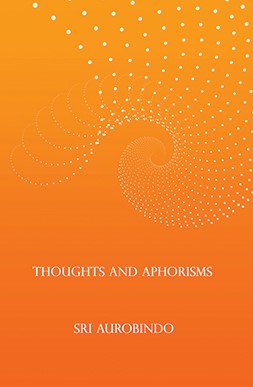
Over five hundred aphorisms on works, knowledge and devotion, written with startling disregard for conventional morality to emphasise how spiritual matters cannot be judged with the ethical mind. These aphorisms were formulated, said the Mother, "in order to break up the usual conception, to bring one in touch with a deeper truth".
Extract
If mankind could but see though in a glimpse of fleeting experience what infinite enjoyments, what perfect forces, what luminous reaches of spontaneous knowledge, what wide calms of our being lie waiting for us in the tracts which our animal evolution has not yet conquered, they would leave all & never rest till they had gained these treasures. But the way is narrow, the doors are hard to force, and fear, distrust & scepticism are there, sentinels of Nature, to forbid the turning away of our feet from her ordinary pastures.
—Sri Aurobindo
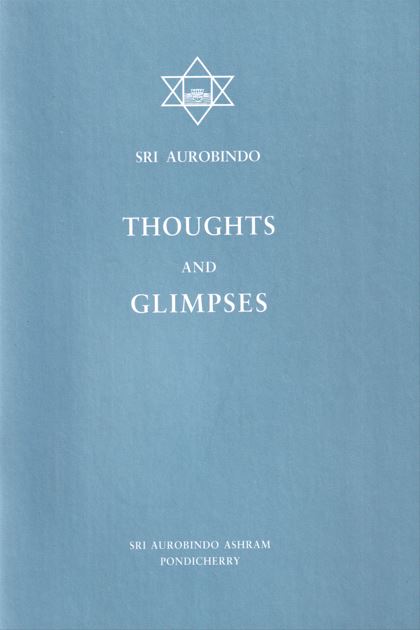
This book is a selection of eighty-five aphorisms on God, Man, and Nature that capture in powerful language and images some essential truths and principles of human experience and the spiritual path. They were first published in the monthly review Arya.
Extract
Providence is not only that which saves me from the shipwreck in which everybody else has foundered. Providence is also that which, while all others are saved, snatches away my last plank of safety and drowns me in the solitary ocean.
—Sri Aurobindo
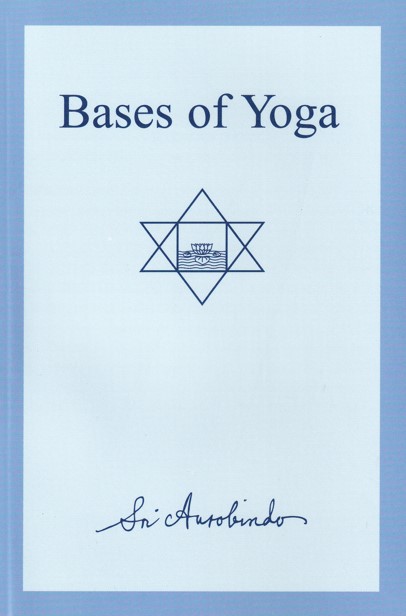
In this collection of 156 extracts from letters to disciples, Sri Aurobindo explains the central principles and practices of his integral Yoga and sheds light on problems that confront the spiritual seeker. The extracts are organised under headings such as calm, peace, and equality; faith, aspiration, and surrender; desire, food, and sex; and the physical consciousness, the subconscient, sleep and dreams, and illness.
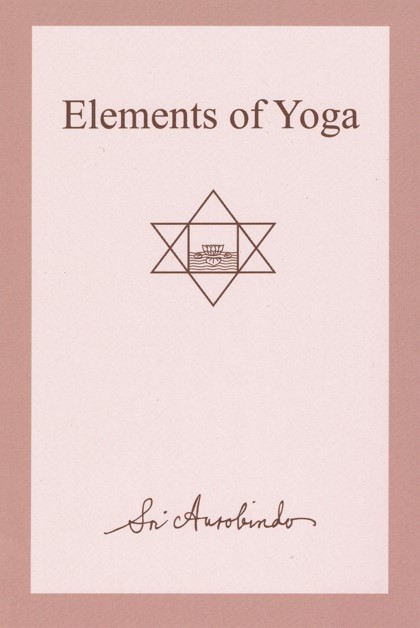
This book is a compilation of Sri Aurobindo's replies to elementary questions about yoga raised by a disciple during the years 1933 to 1936. It was first published in 1953 and reissued in 1956. In 1991 the text was reproduced as the first part of "Commentaries on Elements of Yoga" by the Mother. Elements of Yoga is now being issued independently again in a second edition. Subjects include sincerity, surrender, love, transformation, etc.
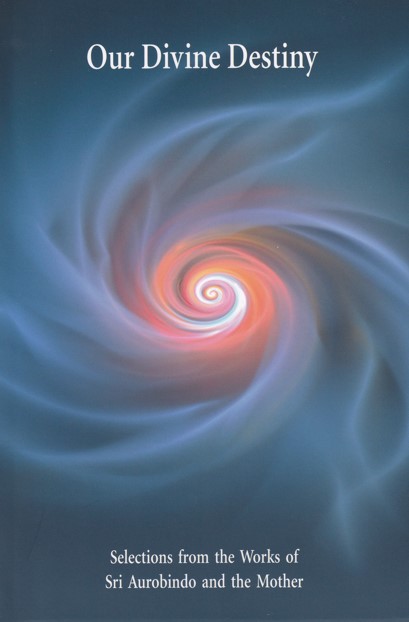
The articles collected here first appeared in 1909–10 in the Karmayogin a weekly newspaper edited by Sri Aurobindo. The first ten were written by him and the final two by Sister Nivedita, who took over as editor in February 1910. The aim of the newspaper was to encourage a spirit of nationalism, to help India recover her true heritage and remould it for her future. Its view was that the freedom and greatness of India were essential to fulfilling her destiny, to lead the spiritual evolution of humanity.
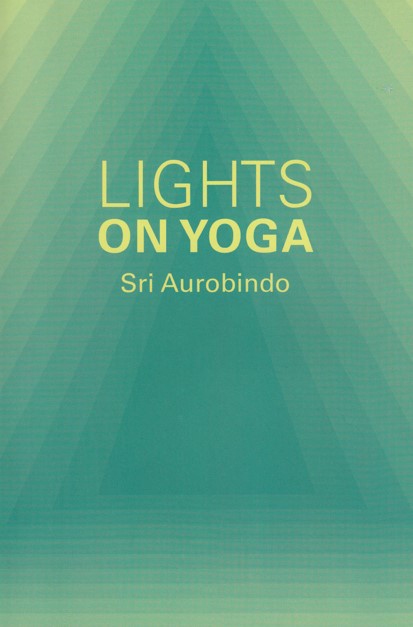
This book contains extracts from letters written by Sri Aurobindo to his disciples. In the letters he explains his teaching and method of spiritual practice and addresses some of the difficulties and problems that the disciples were encountering. The extracts are arranged in sections that deal with subjects such as the goal and aim of the Yoga, the planes and parts of the being, the principle and practice of surrender and opening to the influence of the Divine, and the value of work in bringing the results of one's inner progress to the external nature and life.
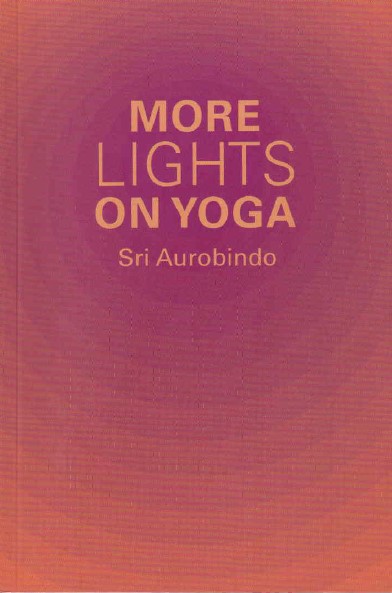
This book contains extracts from letters from Sri Aurobindo to his disciples, written mostly during the 1930s. In the course of replying to their questions, he laid out the basic elements of his system of integral Yoga. The extracts are arranged in sections that address such subjects as the goal and aim of the Yoga, the planes and parts of the being, the bases and conditions of sadhana, faith, and love, bhakti, and emotion.
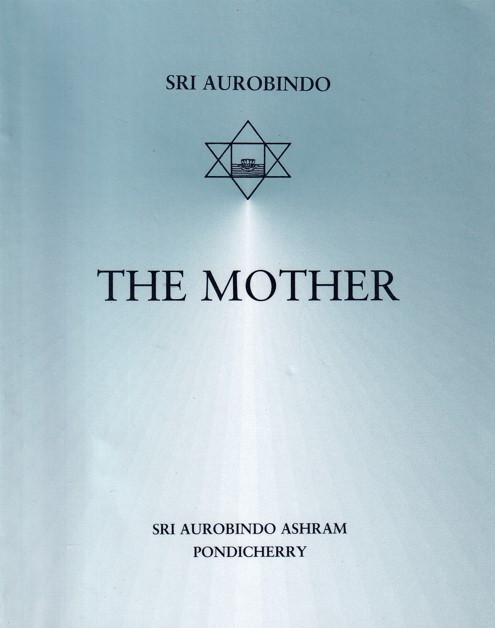
These inspirational essays by Sri Aurobindo form a powerful statement of the true attitude to be taken by a sadhak of the Integral Yoga: one of a complete and dynamic surrender to the Mother. They describe the triple movement of aspiration, rejection, and surrender, the conditions for a true faith and sincerity, the irresistible power of the Divine Mother's grace, the need to reconquer the money-force for the Mother's work, and the joy of a perfect instrumentality through selfless work, surmounting the demands of the ego. The final piece describes the four great powers and personalities of the Divine Mother.
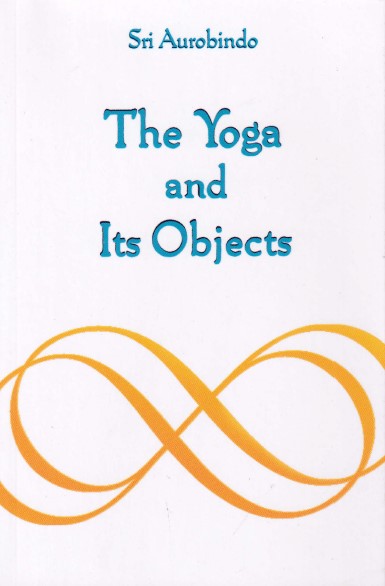
This essay sets down some of the aims and objectives of the integral Yoga: "to work out the will of the Divine in the world, to effect a spiritual transformation and to bring down a divine nature and a divine life into the mental, vital and physical nature and life of humanity". It also discusses the processes of yoga and the conditions required for sadhana. In 1934 Sri Aurobindo wrote that it represented an early stage of his sadhana and only a part of it was applicable to the Yoga as it had evolved after more than twenty years.
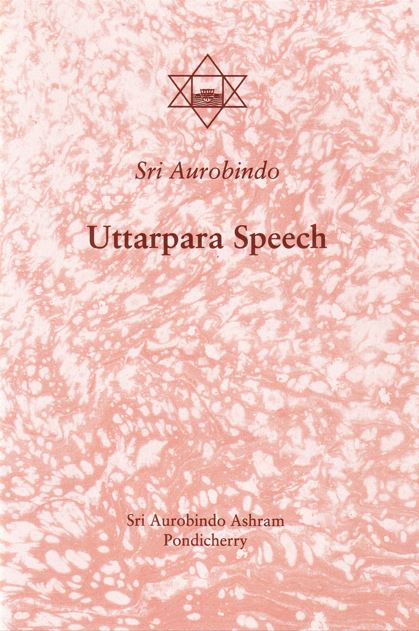
Less than a month after his acquittal from the charges brought against him in the Alipore Bomb Trial (May 1908–May 1909), Sri Aurobindo delivered this speech in Uttarpara, West Bengal. It was the first public pronouncement of the spiritual experiences he had while in the Alipore jail. A text of the speech was published two days later in a Calcutta newspaper; Sri Aurobindo revised this text and published it in his own weekly journal the Karmayogin.
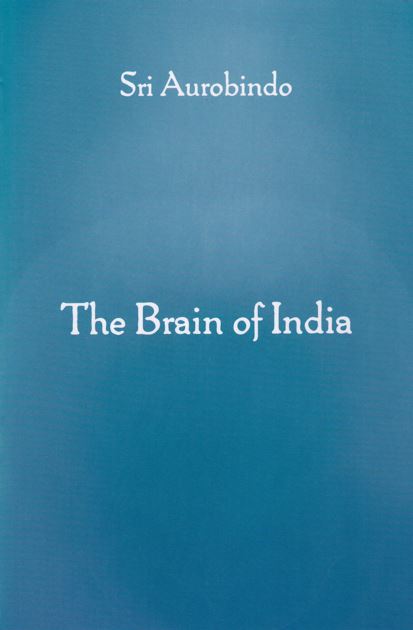
In this series of his analytical essays first published in 1909 in the Karmayogin, a weekly journal edited by Sri Aurobindo, he addressed the need to create a centre of thought and knowledge in India which would revolutionise the mind of the nation. This called for a new education system that would revive the main psychological principles on which ancient India based its scheme of education, but with a more modern organisation.
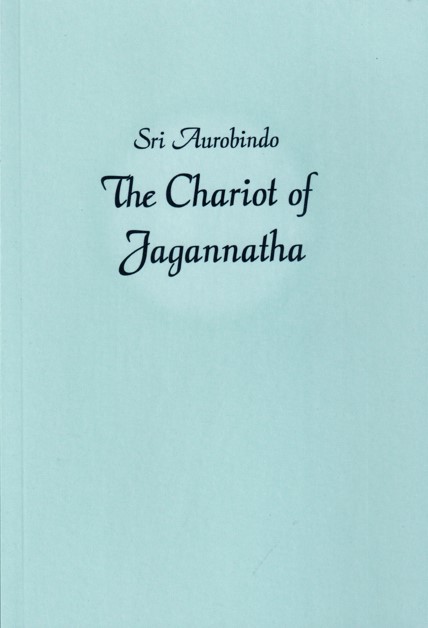
The five essays in this book are English translations of Bengali compositions written by Sri Aurobindo between 1909 and 1918. In the title essay he looks at the nature of human society through the metaphor of a vehicle, naming the ideal society the Chariot of Jagannatha, with its four wheels of unity, freedom, knowledge, and power. The longest essay describes the true Aryan character and the sattwic temperament as he observed them in his fellow undertrial prisoners in the Alipore Bomb case.

Written in 1909 in Bengali, this short prose piece invokes Mother Durga to make herself manifest in India, giving her sons and daughters the courage, strength, and knowledge to fight the powers of darkness that keep her in bondage. Included is the Mother's message: "For those who love India and wish to work for her greatness."

In these five related essays, Sri Aurobindo affirms the importance of ideals for the progress of humanity. He also examines the Eastern and Western conceptions of progress and concludes that the problem facing man is to find the means and motives by which his external life and his society may be progressively remoulded in the truth of the spirit and move towards the utmost possible harmony of individual freedom and social unity.

In the course of this essay, first published serially in the weekly review Karmayogin in 1909–1910, Sri Aurobindo says that "between them music, art and poetry are a perfect education for the soul; they make and keep its movements purified, self-controlled, deep and harmonious." He then examines the aesthetic, intellectual or educative, and spiritual uses of art, and affirms the role of art in the evolution of a people and its value in the education and life of a nation.
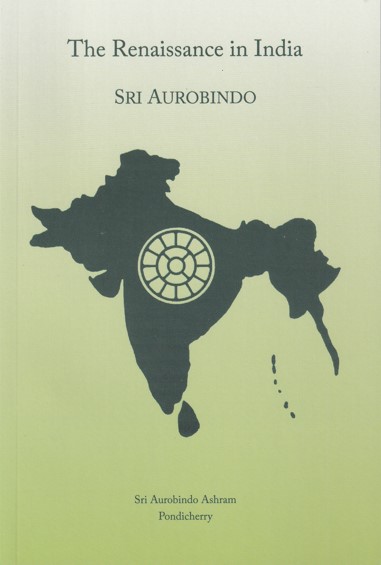
First published serially in the monthly review Arya between August and November 1918, these essays examine the spirit behind the Indian social and cultural resurgence that had begun a few decades earlier. Sri Aurobindo describes the ancient spirit and characteristic soul of India as having an ingrained spirituality, an enormous vitality and prolific creativity, and a strong intellectuality which sought the inner truth and law of each activity. He envisions a rebirth of this spirit in a new body of energy and in a new form, suffusing all aspects of Indian life – art, poetry, politics, science – indeed, all forms of human activity.
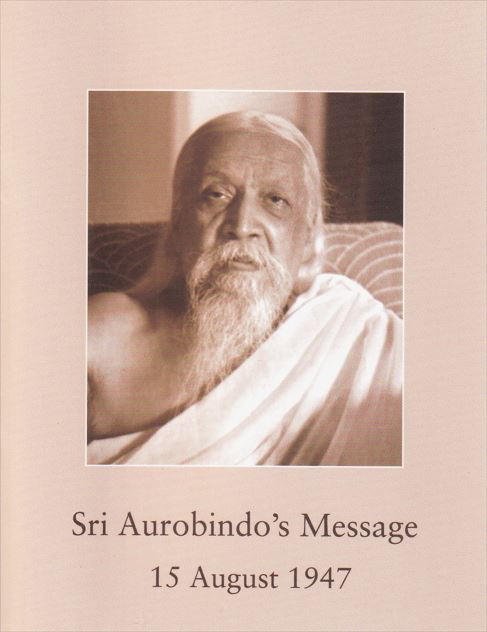
In response to a request from All India Radio, Sri Aurobindo gave a message to mark 15 August 1947, the day of India's independence. This message to his countrymen spoke of five dreams that he had worked for, and which he now saw on the way to fulfilment. The realisation of these dreams would mark the beginning of a new age, not only for India but for the entire world, "for the political, social, cultural and spiritual future of humanity".
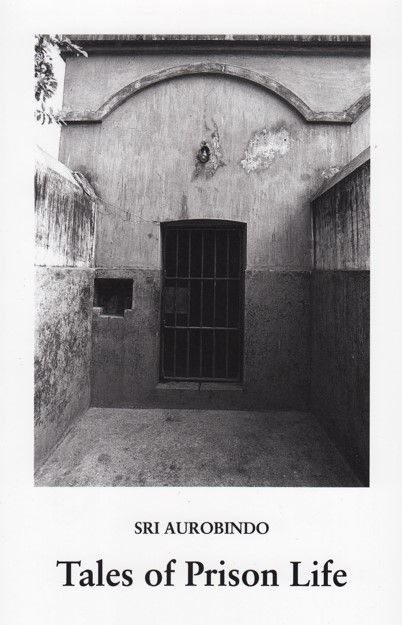
Sri Aurobindo's account of his experiences as an undertrial prisoner in Alipore Jail, Calcutta. Arrested for conspiracy in May 1908, Sri Aurobindo spent one full year in jail while the British Government, in a protracted trial, tried to implicate him in various revolutionary activities. Acquitted and released in May 1909, he wrote a series of articles in Bengali in the journal Suprabhat describing his life in prison and the courtroom. Translated by late professor Sisir Kumar Ghosh of Santiniketan, these articles form the main text of this book.
Several briefer pieces are also included in the book: three essays in which Sri Aurobindo discusses the noble character of the young revolutionaries imprisoned with him: a poem, "Invitation", which he wrote in Alipore Jail, and a speech at Uttarpara in which he disclosed for the first time some of the spiritual experiences he had in jail.
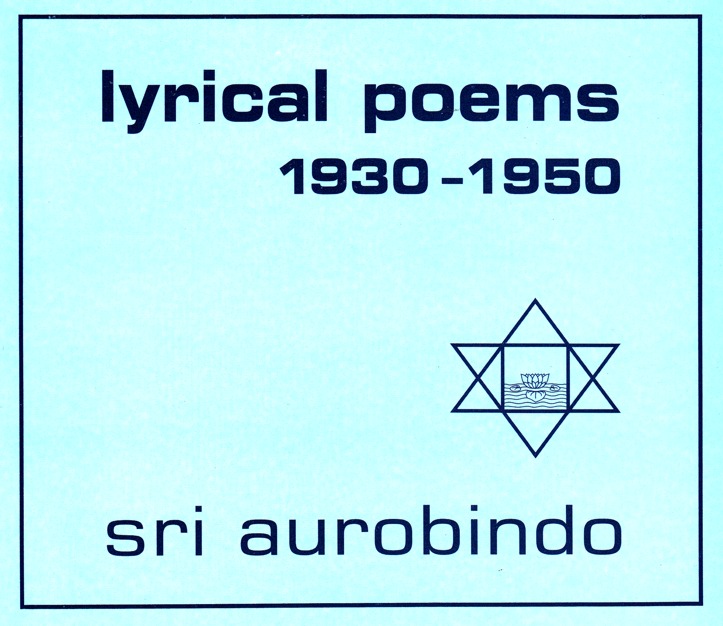
Sri Aurobindo once wrote that he wanted his short poems published in two separate books, one of sonnets and the other of "(mainly) lyrical poems". His sonnets were published in 1980. This book contains all other significant short poems composed between 1930 and 1950. Most of the poems included are "lyrical" in the technical sense: they are short and express the writer's personal thoughts and feelings. Unlike most other examples of the genre, however, their lyricism is spiritual and psychic. Along with the later sonnets and the epic Savitri, they represent Sri Aurobindo's highest achievement in spiritual or yogic poetry.

This book contains all of Sri Aurobindo's sonnets—the seventy-four sonnets written in Pondicherry between the early 1930s and late 1940s and fourteen early sonnets written around the turn of the century. Only eight were published during his lifetime. Notes on the texts provide information on the number of extant manuscript versions of each sonnet.

Nirodbaran's correspondence with Sri Aurobindo began in February 1933 and continued till November 1938, when Sri Aurobindo injured his leg and Nirod became one of his attendants. The entire correspondence, which was carried on in three separate notebooks according to topics – private, medical, and literary – is presented in chronological order in two volumes, revealing the unique relationship Nirod enjoyed with his guru, replete with free and frank exchanges and liberal doses of humour. Covering a wide range of topics, both serious and light-hearted, these letters reveal the infinite care Sri Aurobindo devoted to the spiritual development of his disciple.
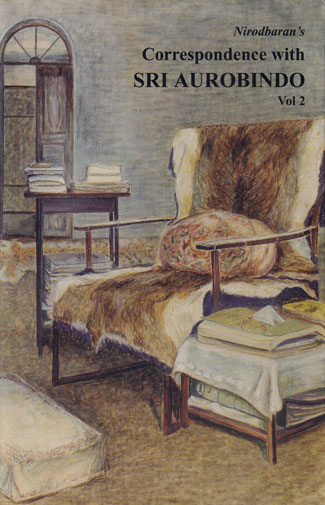
Nirodbaran's correspondence with Sri Aurobindo began in February 1933 and continued till November 1938, when Sri Aurobindo injured his leg and Nirod became one of his attendants. The entire correspondence, which was carried on in three separate notebooks according to topics – private, medical, and literary – is presented in chronological order in two volumes, revealing the unique relationship Nirod enjoyed with his guru, replete with free and frank exchanges and liberal doses of humour. Covering a wide range of topics, both serious and light-hearted, these letters reveal the infinite care Sri Aurobindo devoted to the spiritual development of his disciple.

A selection from Nirodbaran's Correspondence with Sri Aurobindo. It represents a new and, to the general public, quite an unfamiliar aspect of Sri Aurobindo—his humour.
Nirodbaran was a disciple of Sri Aurobindo who had the great privilege of serving him for twelve years as his literary secretary and, before this, of carrying on a long correspondence with him. Sri Aurobindo often expressed himself in a humorous way, full of light-hearted banter and repartee. In this compilation only those extracts which are exclusively humorous have been taken. There are more than a thousand brief exchanges during 1933-1938 between master and disciple.
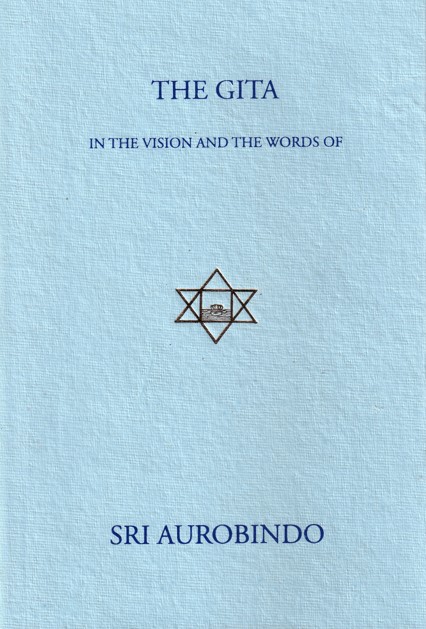
This book provides a seamless fusion of translation, interpretation, and commentary on the Gita in the words of Sri Aurobindo. Nearly all of the 700 shlokas or verses of the Gita have been translated or freely rendered by Sri Aurobindo, mostly in Essays on the Gita but also in The Life Divine, The Synthesis of Yoga, and in essays and articles published in Essays Divine and Human and Essays in Philosophy and Yoga. The editor, following the order of the Gita's Sanskrit shlokas, has woven together these various translations and added explanatory passages, an introduction, and a conclusion, all compiled from Essays on the Gita. A distinctive feature of this scholarly work is the use of boldface type to indicate those portions of the text that are renderings of the Sanskrit verses, thus incorporating translation and commentary in an unbroken continuity.
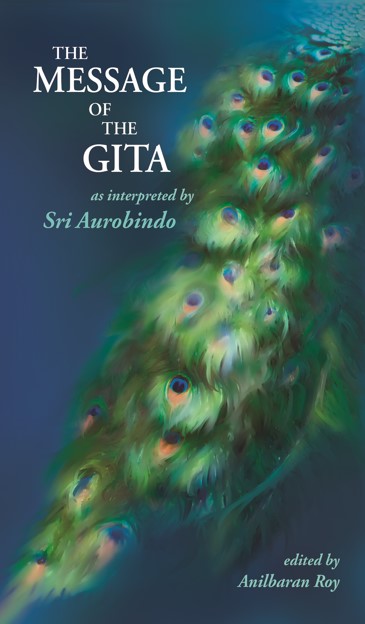
This book contains the original Sanskrit text of the Bhagavad Gita, a translation partly by Sri Aurobindo, and commentary drawn entirely from Essays on the Gita, Sri Aurobindo's principal work on this important scripture. The editor, Anilbaran Roy, was an early disciple of Sri Aurobindo, and prepared the commentary with the permission of Sri Aurobindo. While introducing the first edition of the book in 1938 the editor wrote, "The Gita is a great synthesis of Aryan spiritual culture and Sri Aurobindo's luminous exposition of it…sets out its inner significances in a way that brings them home to the modern mind."

These selected passages from Savitri are arranged under twenty headings with the intent to present to readers, those new to the epic as well as those familiar with it, a thematic approach for reading the poem. The subtitle of each heading provides the general theme of the passages that follow, such as "This Enigmatic World", "Fate and Destiny", "Life—a Journey and an Ascent", and "The Deeper Seeing". Each passage expresses a more or less complete thought and represents a certain aspect of Sri Aurobindo's vision as revealed in the poem.
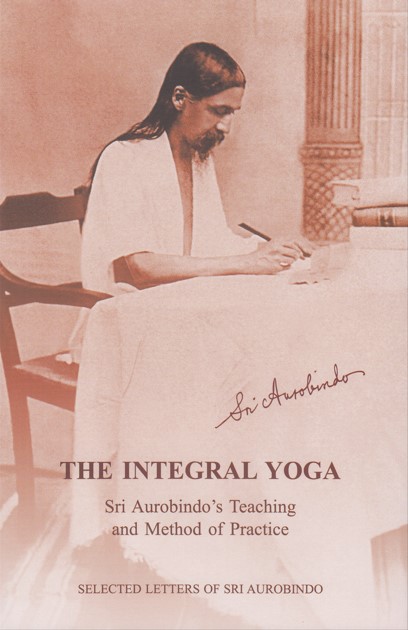
A compilation of letters written by Sri Aurobindo to disciples during the 1930s, this book presents the major aspects of his spiritual teaching. The first parts deal with the psychological and philosophical foundations of his teaching and relate them to other systems of yoga and philosophy. The next sections deal with the method of practice, starting with the bases of yoga and continuing with the different types of sadhana, descriptions of experiences and realisations, the triple transformation that defines the essence of the yoga, and the difficulties in transforming the nature. A glossary of the terminology used by Sri Aurobindo completes the volume.
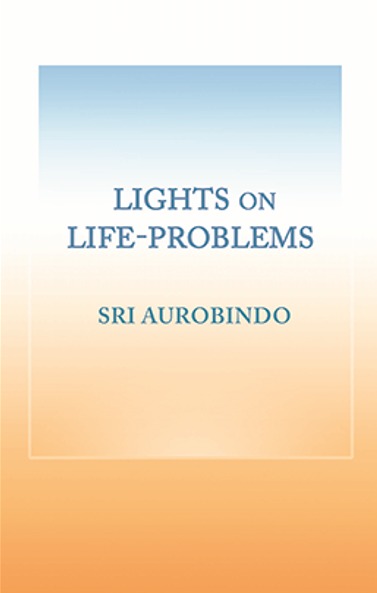
Originally published serially in Mother India from February 1949 till January 1951, this book presents Sri Aurobindo's views on the various important problems of life "which arise in the minds of thoughtful persons everywhere". The compiler formulated questions on such topics as the search for happiness, the problem of good and evil, morality and justice, science and materialism, art and the common man, and the intellectual and spiritual value of art, and then selected and organised passages from Sri Aurobindo's writings in answer to those questions. Except for the final one which was seen by the Mother, Sri Aurobindo approved each instalment before its publication.
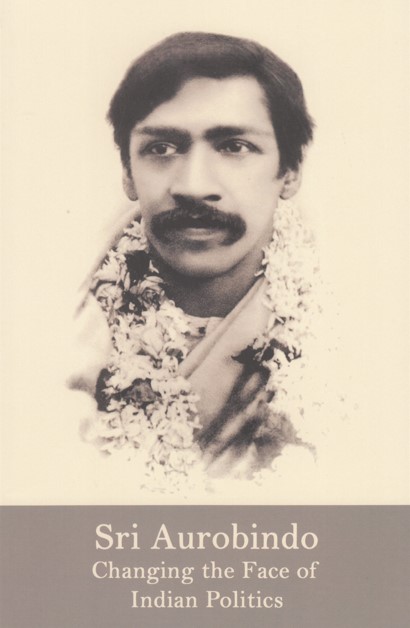
Comprising passages from Sri Aurobindo’s speeches, newspaper editorials, and writings on his political life, this book highlights his leadership of the Nationalist movement from 1905 to 1910, when he claimed complete independence from British rule as the primary step towards the resurgence of India on all fronts of national life. It reveals the development of his political thought to secure India’s freedom, his vision of a free and united India working for the progress of human unity, and his belief in her role as a spiritual leader of the world.
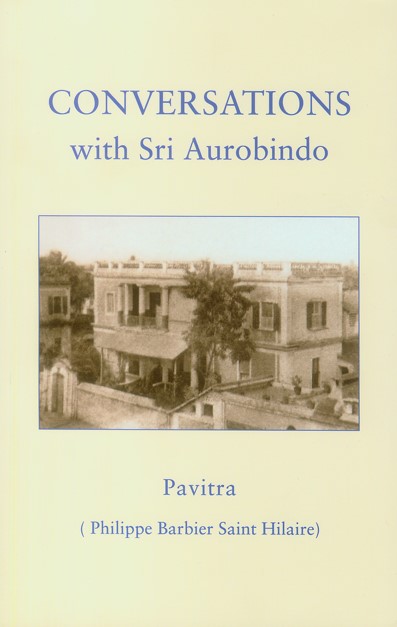
From December 1925 to November 1926 Philippe Barbier Saint Hilaire, later known as Pavitra, held regular private conversations with Sri Aurobindo that centred on the practice of Yoga and Pavitra's own sadhana. This book is a record of these conversations and some he had with the Mother toward the end of that year. It also includes several of the evening talks, in which Sri Aurobindo conversed informally with a small group of disciples, on such subjects as science and occultism which especially interested Pavitra. The book's introduction is a talk given in 1964 by Pavitra in which he recounts his early life experiences and the events which led him to come to Pondicherry.
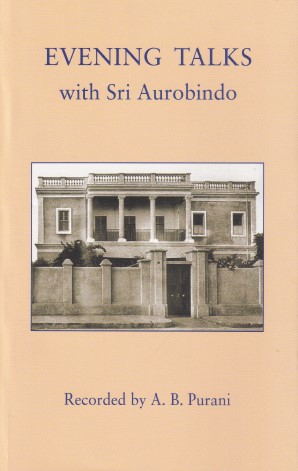
Evening Talks is A.B. Purani's record of informal conversations between Sri Aurobindo and his disciples during two periods: 1923–1926, when the talks were held on the verandahs of the houses in which Sri Aurobindo stayed (cover photo), and 1938–1943, when they took place in Sri Aurobindo's room. The talks cover a wide range of topics—yoga, philosophy, art, poetry, psychology, science, and contemporary history, notably India's struggle for independence and the Second World War. They reveal something of the versatile nature of Sri Aurobindo's personality and his wide-ranging, profound knowledge of life as well as a glimpse of the heights of spiritual consciousness he embodied and through which he acted on both world events and on the natures of those drawn to his yoga.
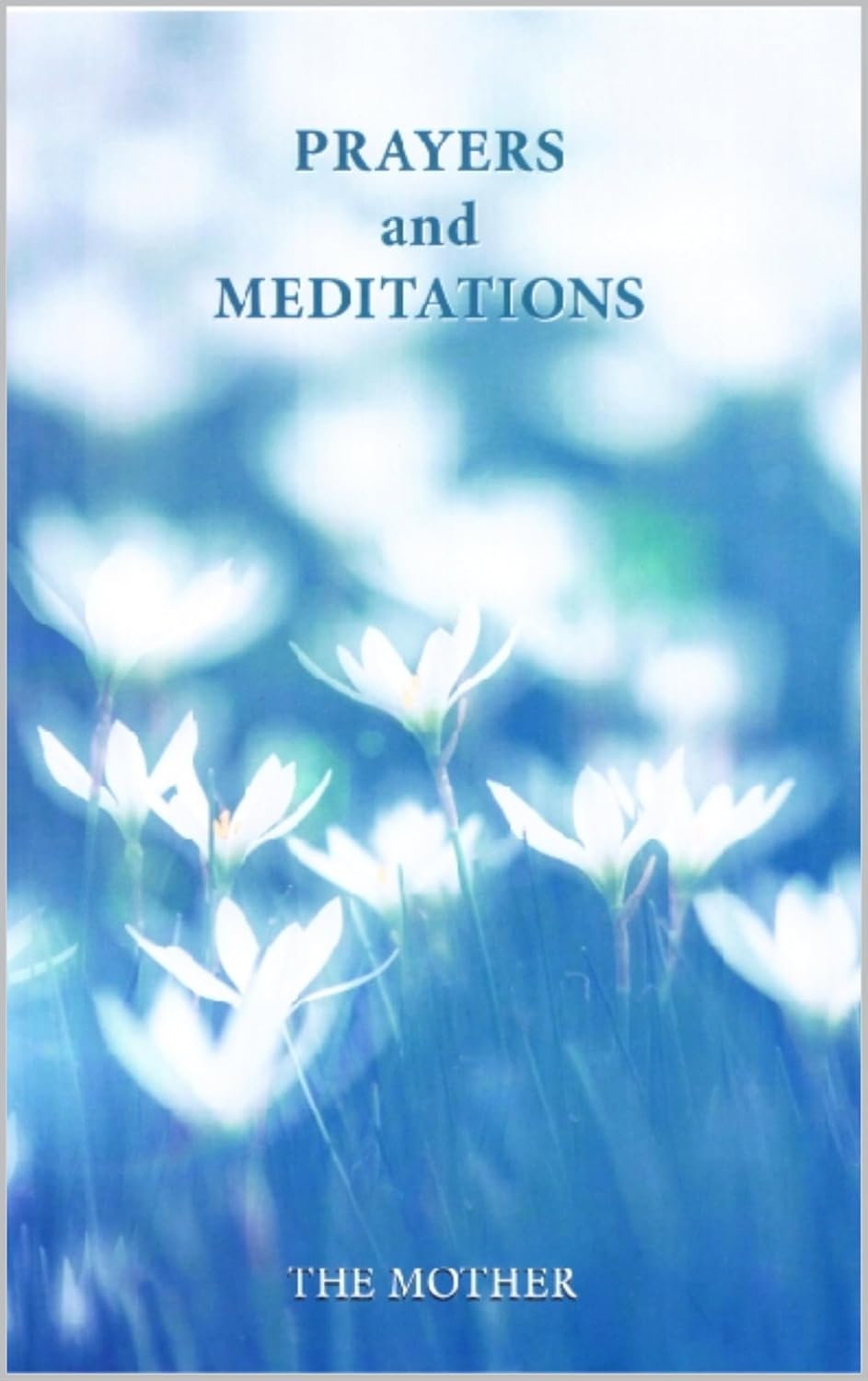
Translated from the original French, the 313 prayers and meditations in this book are a record of the Mother's early spiritual life, written, in her own words, during years of intensive yogic discipline". Most of the diary entries she selected for publication were from the period between 1912 and 1917. In an introductory note she says she intended them to serve as a spiritual guide for seekers aspiring to consecrate themselves to self-mastery and a complete surrender to and union with the Divine. Several of the translations were done by Sri Aurobindo and some others by disciples were revised by him.
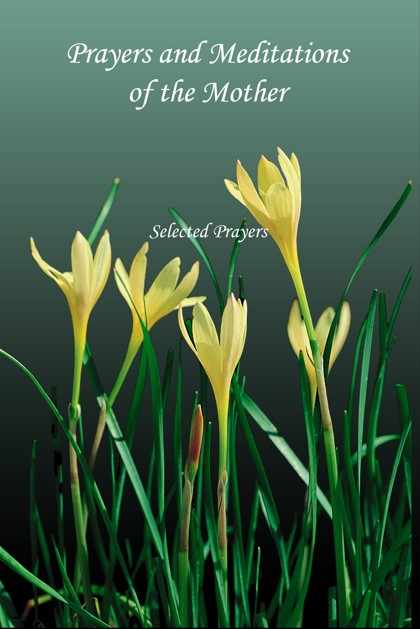
The sixty-four prayers and meditations included in this book constitute about a fifth of the complete collection. They provide a glimpse of the Mother's early spiritual life. When first published in English in 1941, the Mother wrote that they were "meant for those who aspire for an utter consecration to the Divine". Several of the prayers were translated from the original French by Sri Aurobindo and some other translations by disciples were revised by him.
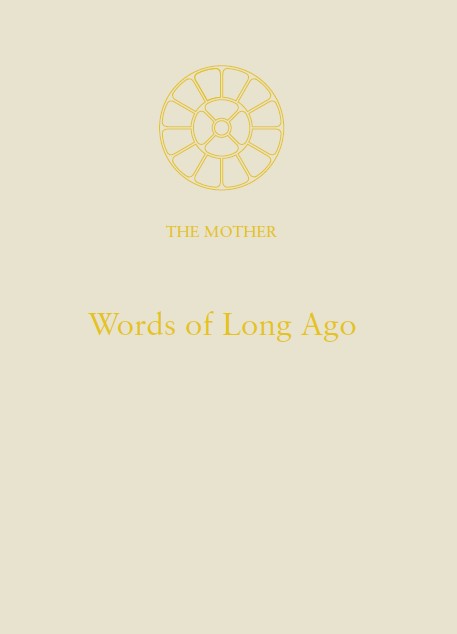
This book contains the early writings and talks of the Mother from the period before 1920, the year she finally settled in Pondicherry. It includes stories, talks, and reflections written between 1893 and 1913 in Paris, essays written for a small group of spiritual seekers there, talks on subjects such as "On Thought", "Charity", and "The Divinity Within", and several letters and essays written in Japan.
During her stay in Japan from 1916 to 1920 the Mother also translated and adapted some stories written by F. J. Gould. Her versions, written in French and first published as Belles Histoires, appear here in English translation as Tales of All Times. According to the Mother's note, "these stories were written for children to discover themselves and follow a path of right and beauty."
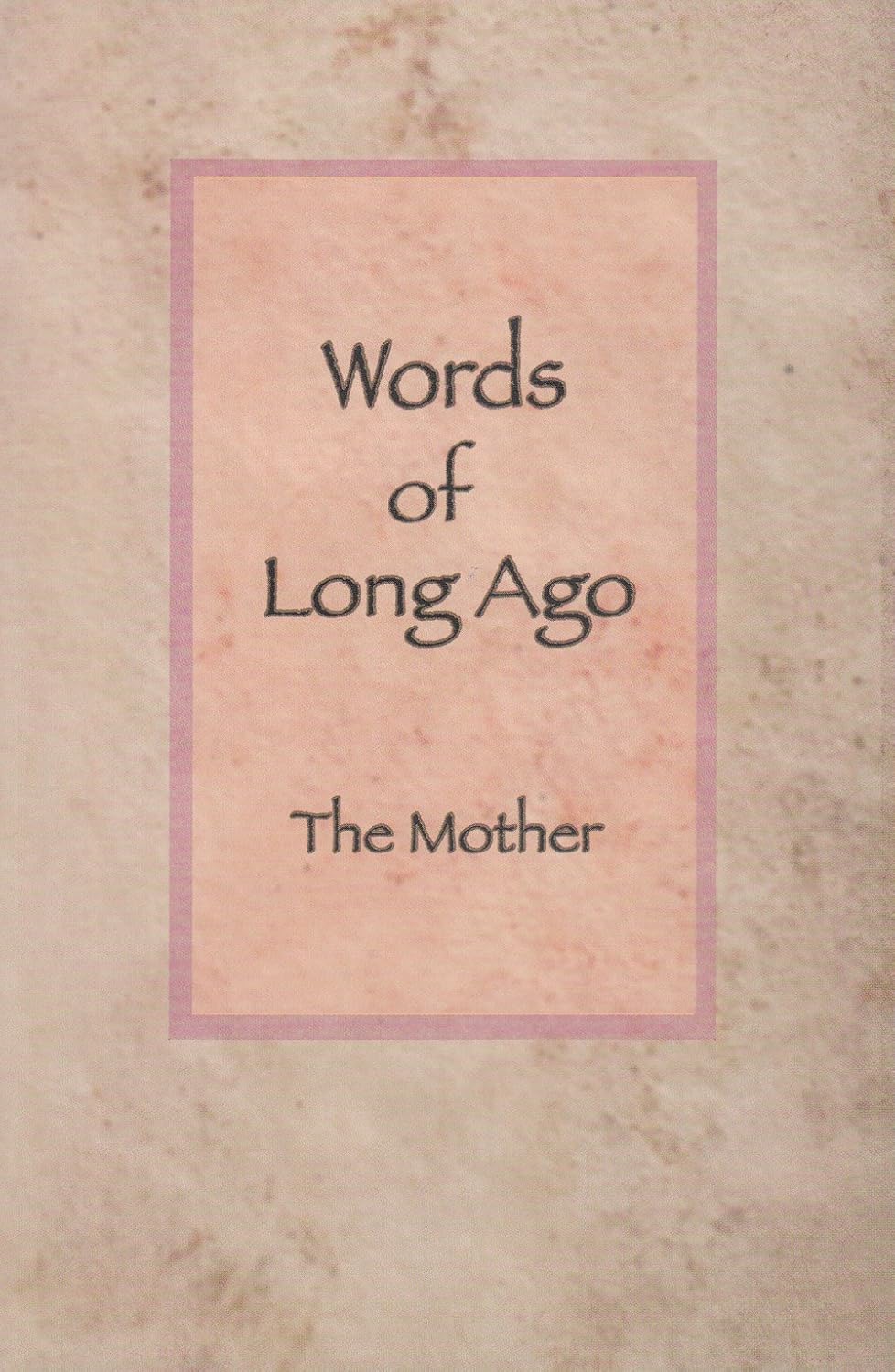
This book contains the early writings and talks of the Mother from the period before 1920, the year she finally settled in Pondicherry. It includes stories, talks, and reflections written between 1893 and 1913 in Paris, nine essays written for a small group of spiritual seekers there, talks entitled "On Thought", "Charity", and "The Divinity Within", and several letters and essays written in Japan.
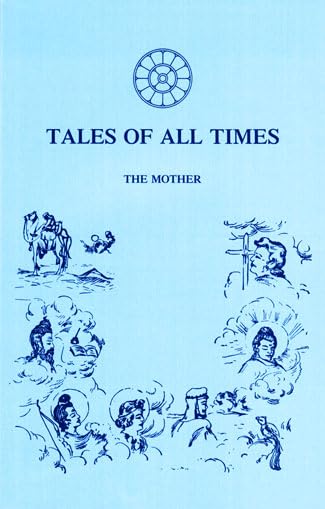
During her stay in Japan from 1916 to 1920 the Mother translated and adapted some stories written by F. J. Gould. Her versions, written in French and first published as Belles Histoires, later appeared in an English translation as Tales of All Times. According to the Mother's note, "these stories were written for children to discover themselves and follow a path of right and beauty."
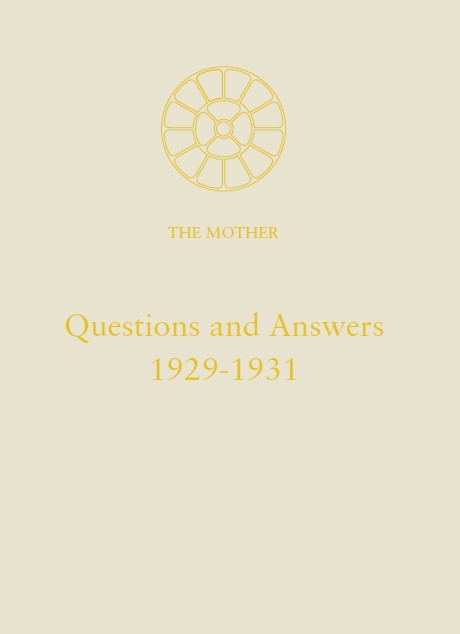
The first section of this book includes conversations which the Mother held in English during 1929 with a small group of disciples, who meditated with her and then asked her questions on the nature and process of yoga. Fifteen of these were sent to Sri Aurobindo, who revised them for publication. The conversations of 1930 and 1931, also in English, form the second section of the book and cover such topics as the difficulties in yoga, the psychic presence and the psychic being, knowledge by unity with the Divine, and the supramental realisation.
The third section of this book contains a translation of the Dhammapada and the Mother 's commentaries on this important Buddhist scripture. During her classes at the Ashram Playground in 1957–58, she read from a French translation of the text and explained some of the essential truths expounded by the Buddha in these verses, such as the control and mastery of the mind and the need for constant awareness and a central sincerity on the spiritual path. Her purpose, as she told the class, was to teach them mental control.
The last section comprises an appendix containing Sri Aurobindo’s explanations of certain phrases and passages in Questions and Answers 1929. They were written to various disciples between 1933 and 1937.
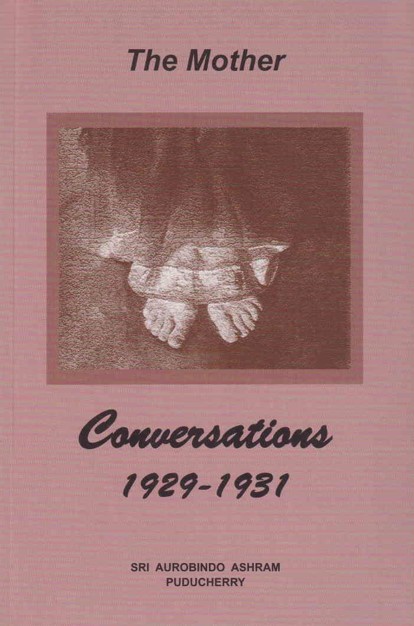
The first section of this book includes conversations which the Mother held in English during 1929 with a small group of disciples, who meditated with her and then asked her questions on the nature and process of yoga. Fifteen of these were sent to Sri Aurobindo, who revised them for publication. The conversations of 1930 and 1931, also in English, form the second section of the book and cover such topics as the difficulties in yoga, the psychic presence and the psychic being, knowledge by unity with the Divine, and the supramental realisation.
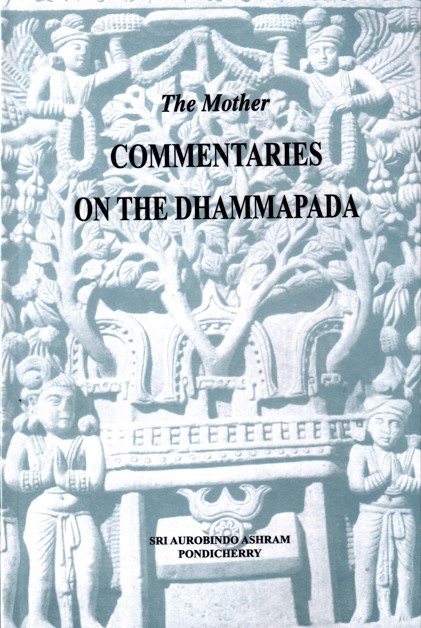
This book contains a translation of the Dhammapada and the Mother 's commentaries on this important Buddhist scripture. During her classes at the Ashram Playground in 1957–58, she read from a French translation of the text and explained some of the essential truths expounded by the Buddha in these verses, such as the control and mastery of the mind and the need for constant awareness and a central sincerity on the spiritual path. Her purpose, as she told the class, was to teach them mental control.
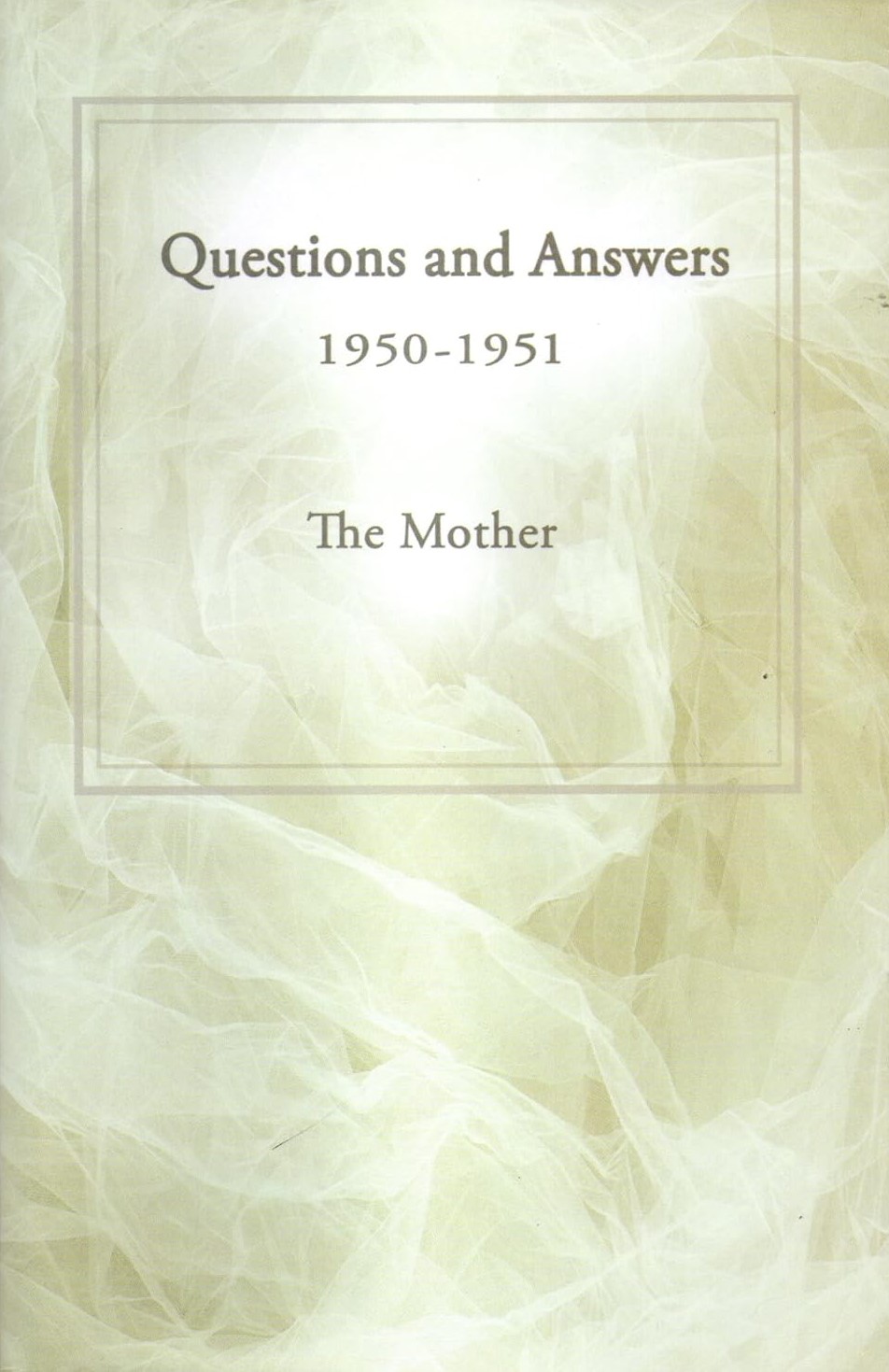
This book contains conversations of the Mother with members of the Sri Aurobindo Ashram and the students of the Ashram's school. For most of this period the Mother answered questions about some of her essays on education and her conversations of 1929, which deal with various aspects of spiritual life. Towards the end she discussed some letters of Sri Aurobindo and his small book The Mother.
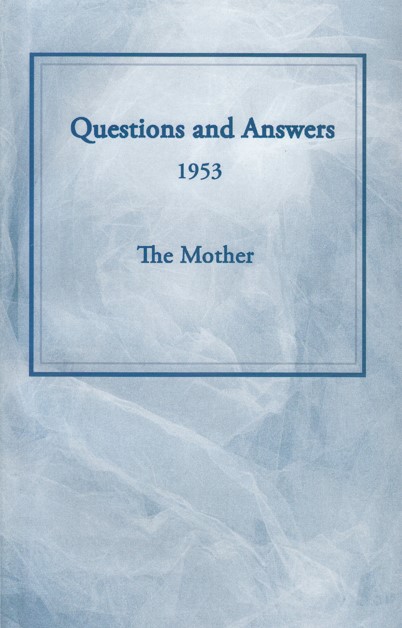
The Mother held a Wednesday evening class with the students, teachers, and sadhaks of the Ashram. She began by reading out a passage from one of her works and then, speaking in French, she commented on the passage and answered questions from the group gathered around her. Some of these talks were noted down by disciples and the rest were tape-recorded; all were published in English under the rubric "Questions and Answers". They cover topics as diverse as sleep and dreams, the psychic being, music and art, determinism and freedom, and religion and the spiritual life.
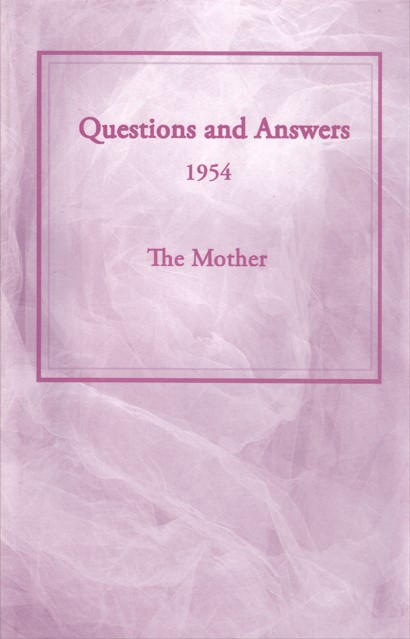
This book records talks and conversations the Mother had with members of the Sri Aurobindo Ashram and students of the Ashram school. They include comments on her essays on education and on three short works of Sri Aurobindo: Elements of Yoga, The Mother, and Bases of Yoga.
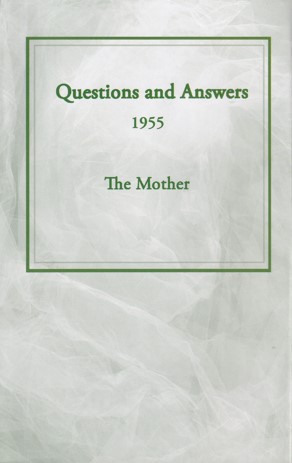
This book contains conversations of the Mother with members of the Sri Aurobindo Ashram and the students of the Ashram's school. During this year the Mother answered questions about three works of Sri Aurobindo: Bases of Yoga, Lights on Yoga, and The Synthesis of Yoga (two chapters).
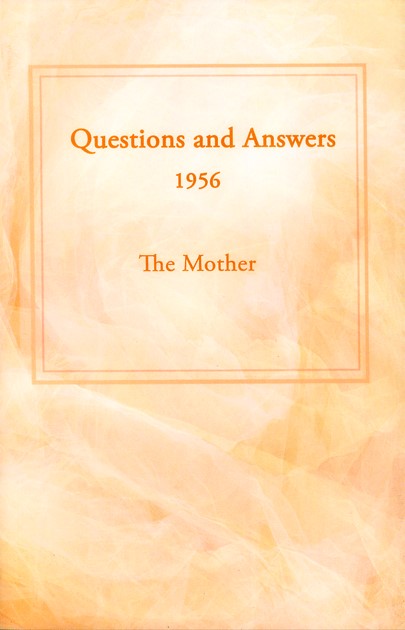
This book contains conversations of the Mother with members of the Sri Aurobindo Ashram and the students of the Ashram's school. During this year the Mother answered questions about two works of Sri Aurobindo: The Synthesis of Yoga (Part One) and Thoughts and Glimpses (first part).
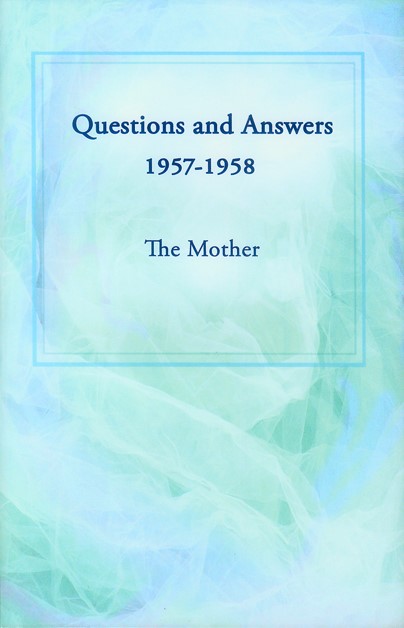
This book contains conversations of the Mother with members of the Sri Aurobindo Ashram and the students of the Ashram's school. During this period the Mother answered questions about three works of Sri Aurobindo: Thoughts and Glimpses (second part), The Supramental Manifestation upon Earth, and The Life Divine (two of the concluding chapters).
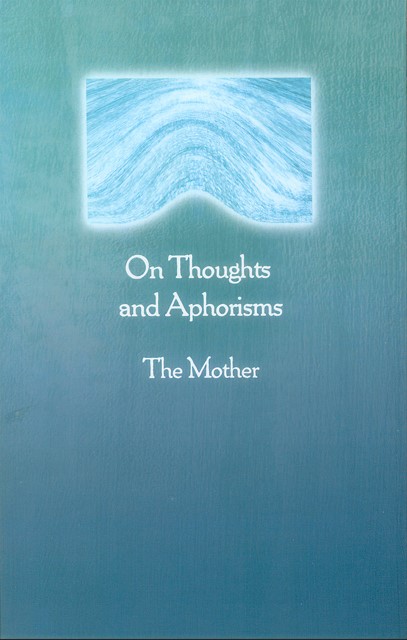
The Mother's commentaries on the aphorisms of Sri Aurobindo on works, knowledge, and devotion, explaining their meaning and showing among other things how Sri Aurobindo's apparent startling disregard for conventional morality is a means to emphasise how spiritual matters cannot be judged with the ethical mind.
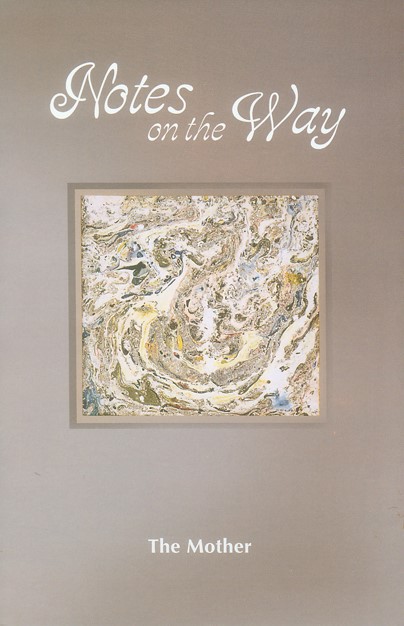
Between 1957 and 1973 the Mother spoke frequently with one of her disciples about the experiences she was having at the time. Selected portions of these tape-recorded conversations were published with the Mother's approval between 1965 and 1973 in the Bulletin of the Sri Aurobindo International Centre of Education. They appeared under the titles "Notes on the Way" and "À Propos" in their original French and in English translation, and were subsequently published in one volume Notes on the Way. They are a record of her observations on the progress of the yoga of transformation.
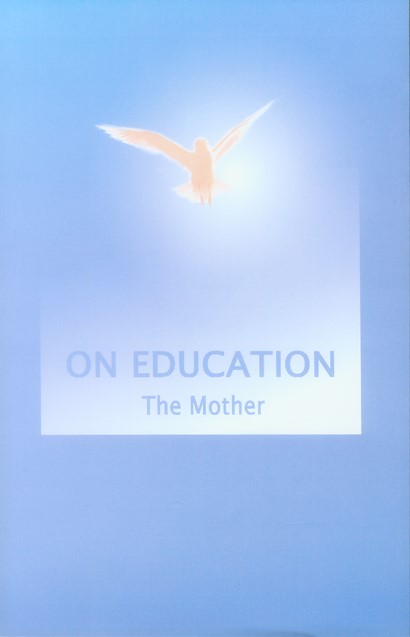
This book is a collection of articles, messages, letters, and conversations of the Mother that touches on subjects like an educational discipline aimed at developing all the principal faculties of the individual, the various aspects of the teaching method known as the free progress system followed at the Sri Aurobindo International Centre of Education, and the fundamentals of physical education, including the disciplines and attitudes helpful to developing a strong, healthy, and conscious body. Also included are three dramas written for the annual dramatic performance day.
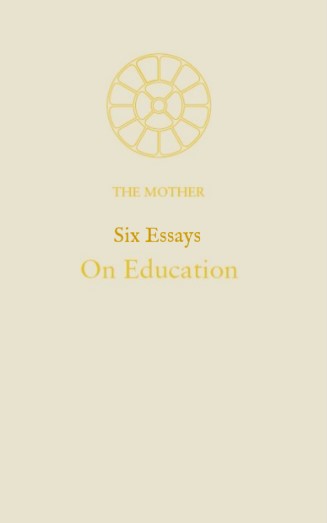
In these essays, the Mother traces the broad lines of an integral education — an education not only mental, vital and physical, but also psychic and spiritual.
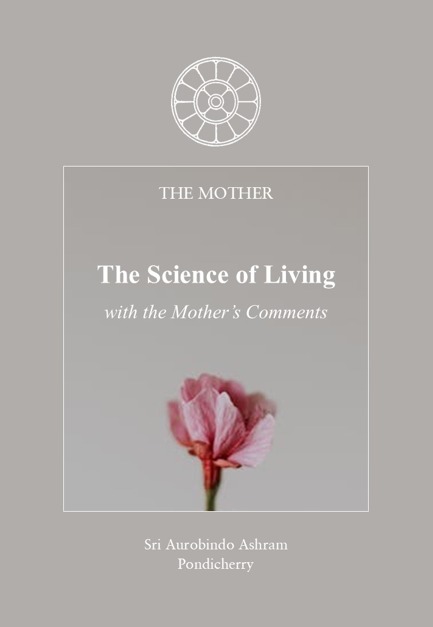
In her essay The Science of Living, the Mother emphasises the growth of consciousness as the central aim of life. She further outlines various means for the development of the mental, vital, physical, and psychic parts of the being to arrive at the perfection necessary to discover the truth that manifests as Love, Knowledge, Power, and Beauty.
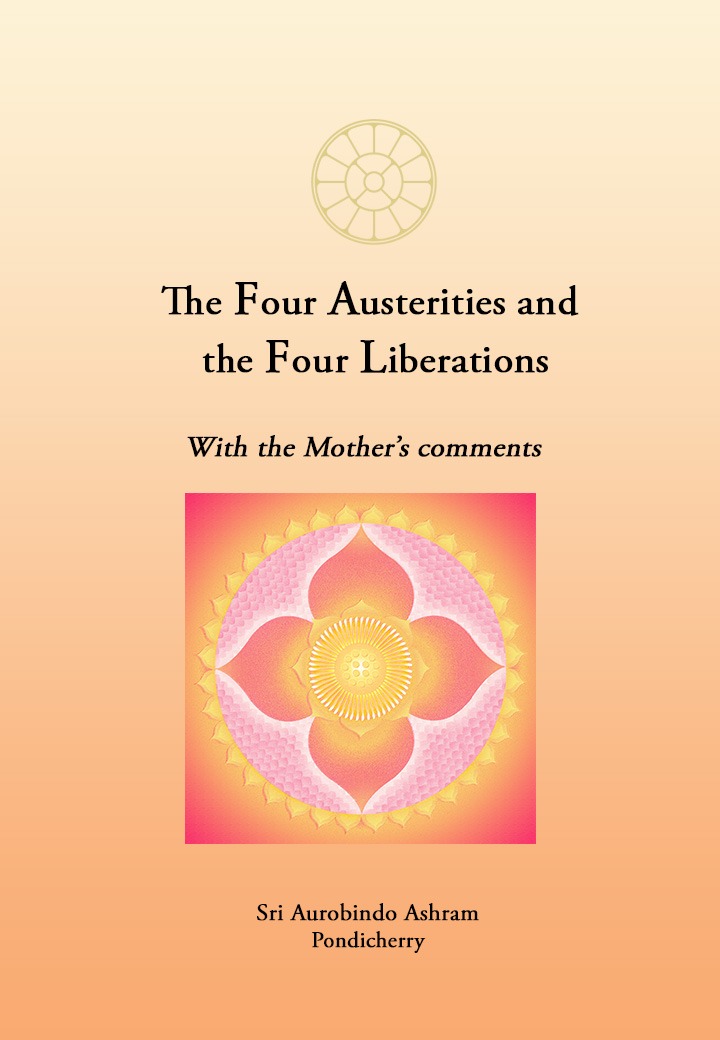
The Mother says, "To pursue an integral education that leads to the supramental realisation, four austerities are necessary, and with them four liberations.'' The four austerities are the tapasya of Love, Knowledge, Power, and Beauty. This book contains the eponymous essay written by the Mother along with her commentaries.
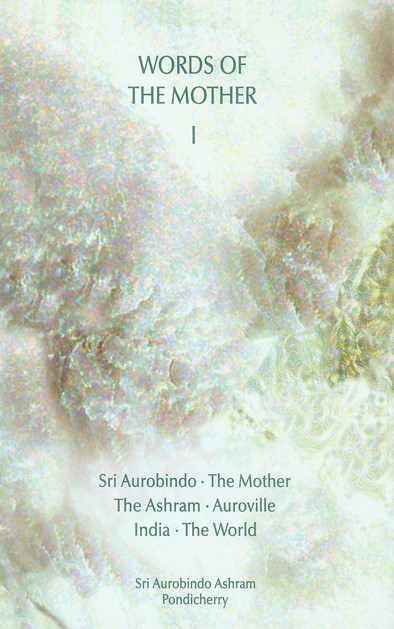
This book consists primarily of brief written statements by the Mother about Sri Aurobindo, herself, the Sri Aurobindo Ashram, Auroville, India and nations other than India. Written over a period of nearly sixty years (1914-1973), the statements are compiled from her notes, messages and correspondence. The volume also includes several conversations.
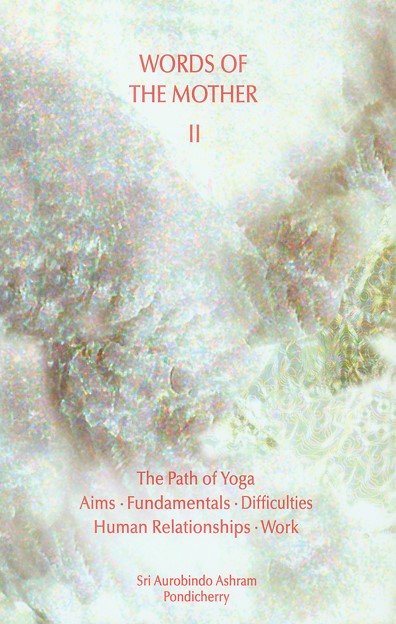
This book consists mainly of brief statements by the Mother on various aspects of spiritual life. The subjects include our relationship with the Divine, the path of Yoga, elements of Yoga (sincerity, aspiration, faith, devotion, surrender, etc.), difficulties, mistakes and weaknesses of human nature, human relationships, and work. The statements are compiled from the Mother's notes, messages and correspondence.
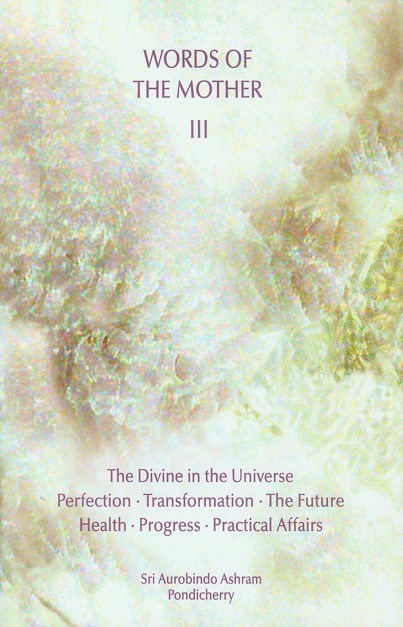
This book consists mainly of short written statements by the Mother on various aspects of spiritual life. The subjects include: the Divine, the Gods and Nature; religion, occultism, wealth and government; progress, perfection and transformation; illness and health; prayers and messages. The statements are compiled from the Mother's notes, messages and correspondences. The volume also includes about thirty brief conversations.
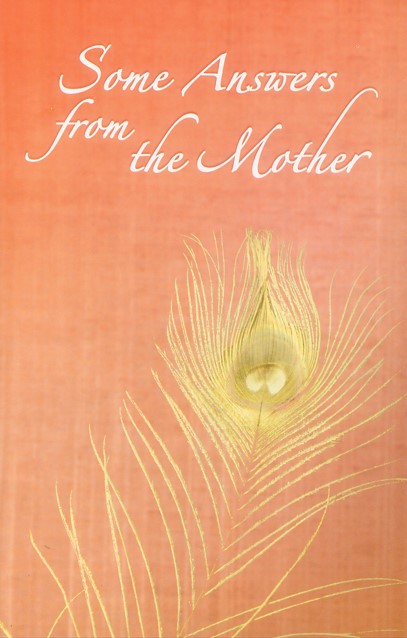
In this correspondence with fourteen persons, disciples living in the Ashram and students of the Ashram school, the Mother answered general questions about life and Yoga.
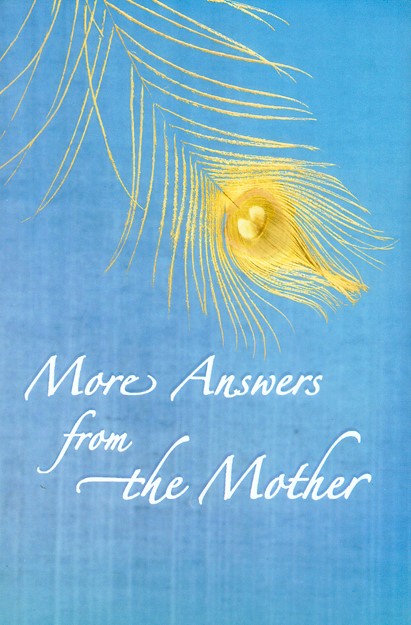
This book contains letters of the Mother to members of the Sri Aurobindo Ashram. They cover the period from 1932 to 1973. The correspondents include a thirteen-year-old boy, a Frenchwoman who lived in the Ashram for several years, a young physical education instructor, and three Ashram members who often sought advice about problems relating to work.
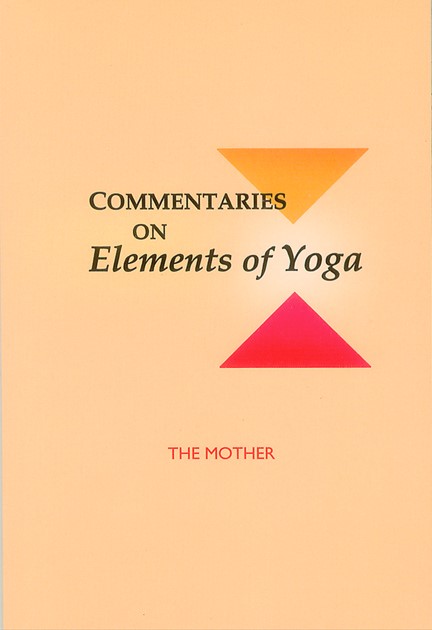
During her evening classes held in the Ashram Playground in 1954, the Mother commented on Elements of Yoga, a collection of Sri Aurobindo's replies to basic questions on yoga raised by a disciple. Responding to questions from the class, she discussed most of that book's central ideas, elaborating on the meaning and practice of such elements as aspiration, surrender, faith, sincerity, the psychic opening, and transformation.
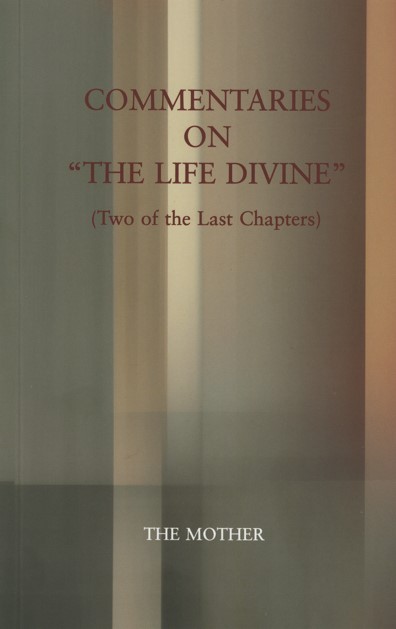
The Mother commented on two of the last chapters of The Life Divine during her weekly classes at the Ashram Playground in the 1950s. After reading from the text, the Mother would answer any questions raised by those present. In these commentaries she speaks about Sri Aurobindo's vision of the future—the evolution of a spiritualised humanity leading to a divine life on earth.
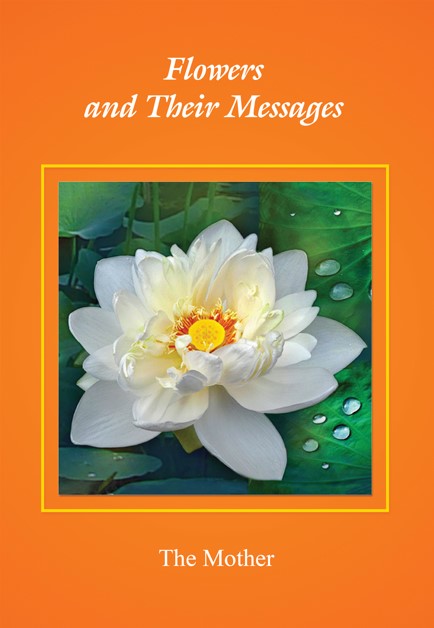
"I give you flowers", the Mother once told a sadhak, "so that you may develop the Divine qualities they symbolise". In this book more than eight hundred flowers are listed with their botanical names and their spiritual names and significances as revealed by the Mother. 124 black-and-white sketches and 70 colour photographs help to identify the flowers and reveal their beauty. There are also numerous selections from the writings of Sri Aurobindo and the Mother which have been chosen to lead the reader to a deeper understanding of the spiritual significances behind the flowers.
"Flowers teach us the charm of silence and also the self-giving that demands nothing in return."
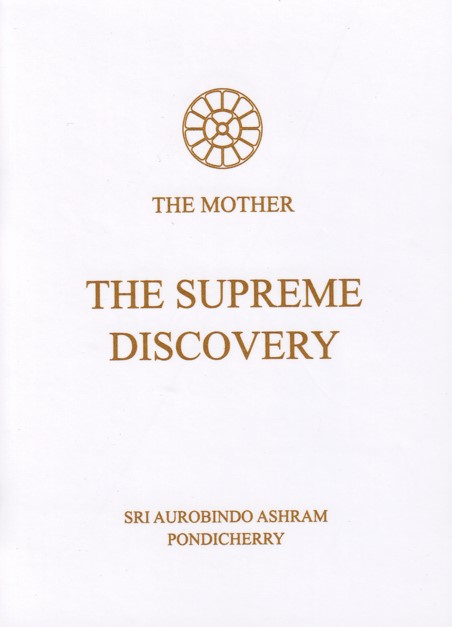
Written in 1912, this inspiring piece encourages the spiritual seeker to discover within himself the realisation that each particle of matter contains a divine spark, that each being carries within him the transcendent love that can lift his consciousness to the heights. Its message of hope and solace has special relevance to those who are assailed by difficulties on the path.
Extract
You who weep, you who suffer, you who tremble, not daring to foresee the term of your ills, the issue of your pangs, behold! There is no night without daybreak, when darkness is thickest dawn is ready; there is no fog that the Sun does not dissipate, no cloud that it does not gild, no tear that it does not one day dry, no storm after which its bow of triumph does not lift up its rays, no snow that it does not melt, no winter that it does not change into radiant spring.
—The Mother
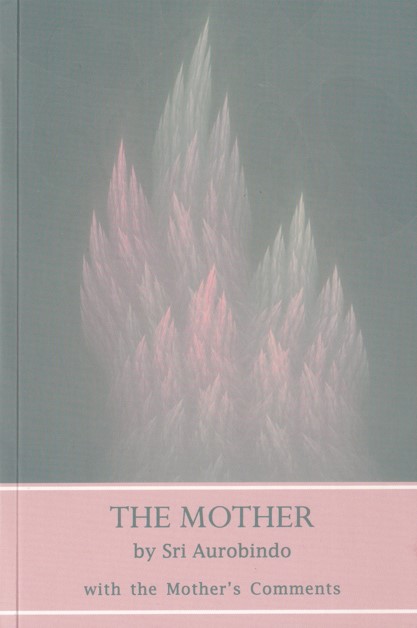
This book contains The Mother by Sri Aurobindo and the Mother's spoken comments on passages from that book, made during her evening classes at the Ashram Playground. The first set of comments were given in 1951 and the second in 1954. From the publisher's note, "These comments do not form a systematic commentary on Sri Aurobindo's work, but are rather explanations of certain passages, phrases and words. The Mother usually began the class by reading out a passage from the book, then commented on it or invited questions from those gathered around her."
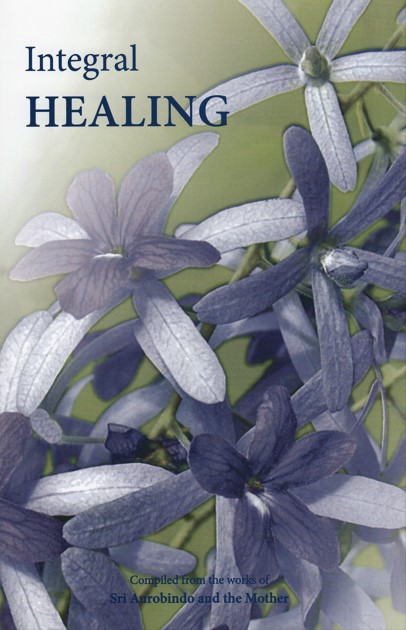
This book of selections from the writings and talks of Sri Aurobindo and the Mother presents their insights into the causes and cure of illness. It examines the mechanism of illness primarily from a psychological point of view, taking into account the whole of our being including much that is beyond the range of our normal awareness. It explores how the hidden causes of physical disorders can be uprooted by discovering and utilising one's inner power and participating consciously in the accelerated evolutionary process known as Integral Yoga. The book is divided into four parts: "Psychological Causes of Illness", "Cure by Inner Means", "Cure by Spiritual Force", and "Medicine and Healing".
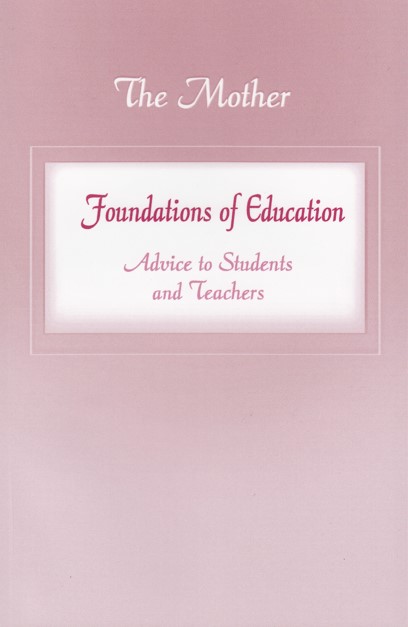
The first section of this book includes the Mother's major essays on education written between 1950 and 1953 for a general audience, in which she outlines an educational discipline—a science of living aimed at developing all the principal faculties of the individual. The second section contains her oral commentaries on these essays, delivered to Ashram members and the students and teachers of the Ashram school in an informal setting, where she commented on certain passages and answered questions from the group.
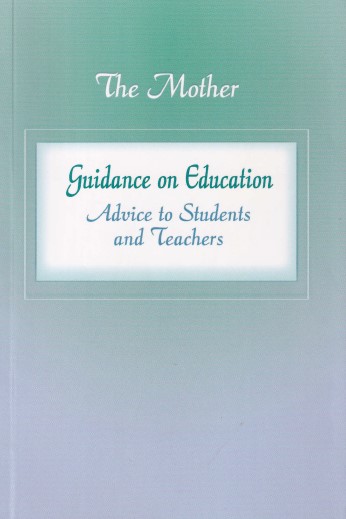
These selections from the Mother's correspondence and conversations cover most aspects of education, with the exception of physical education, which is addressed in Part Three of the series. The Mother gives advice to the students and teachers of the Sri Aurobindo International Centre of Education that reveals her approach to various matters such as the curriculum, methods of teaching, how studies can mould the character of those who want to progress, and the balance between activities that train the intellect, cultivate the emotional and aesthetic faculties, and develop the body.
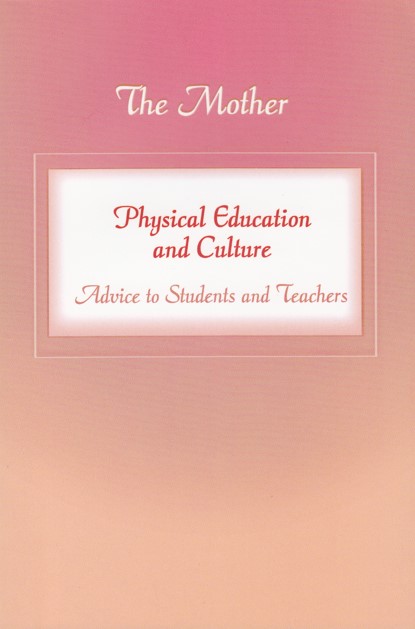
A compilation of articles, notes, letters, messages, and conversations of the Mother, this is a book which deals primarily with the fundamentals of physical education, with the disciplines and attitudes helpful to developing a strong, healthy, and conscious body capable of the spiritual endeavour required for the transformation. The Mother guided the development of the Ashram's Department of Physical Education and for years spent time each day with the participants in their activities.
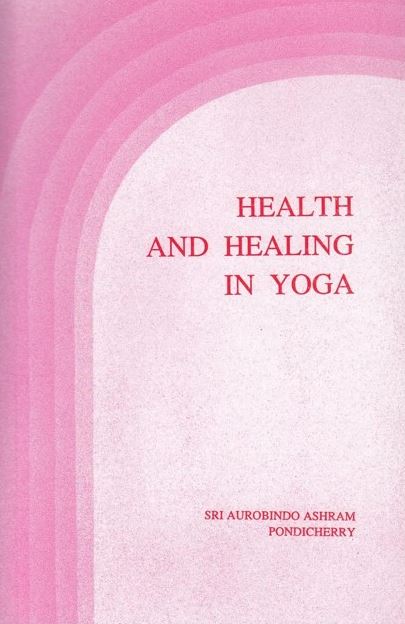
As expounded in all ancient traditions and as is increasingly being rediscovered by modern medical research, the physical body is the gross material expression of a more subtle body. The body is surrounded by a nervous envelope through which disease must first penetrate before affecting the physical body. This book spells out in the words of the Mother the secret inner causes of health and disease. The methods of mastering the body's functioning in the light of a deeper knowledge of the subtler levels influencing the physical are expressed in direct, lucid language.
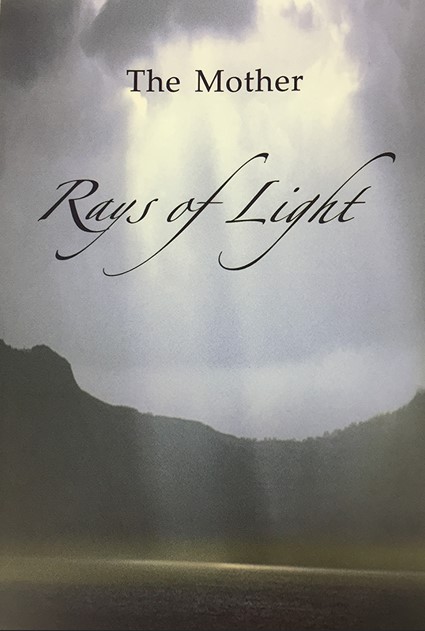
This book is a collection of short written statements taken from the notes, letters, and messages of the Mother. They deal with man's relationship with the divine, the aims and conditions for a spiritual way of life, and the spiritual seeker's relations with others and with the world. They also touch on the weaknesses of human nature and the difficulties encountered in pursuing the path of yoga, and show the right attitude to be taken in the face of life's problems.
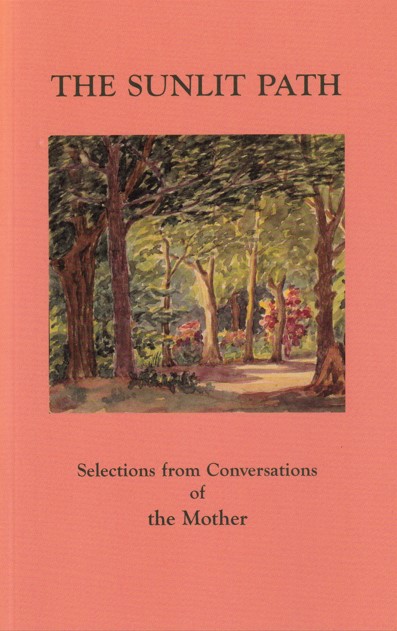
In this book, which is a collection of brief passages mostly from conversations with disciples and students at the Sri Aurobindo International Centre of Education, the Mother invites her listeners and readers to answer the call of adventure by courageously taking the path of spiritual self-perfection and transformation. The excerpts are arranged thematically to present the Mother's guidance to the seeker, showing the way through shadows and stumbles to a sunlit path through such topics as how to control one's thoughts, breaking the hard shell of the ego, the absolute necessity of a perfect sincerity, the right attitude to take when faced with even the most mundane affairs of life, the nature of dynamic meditation, and the liberation of a complete surrender to the Divine.
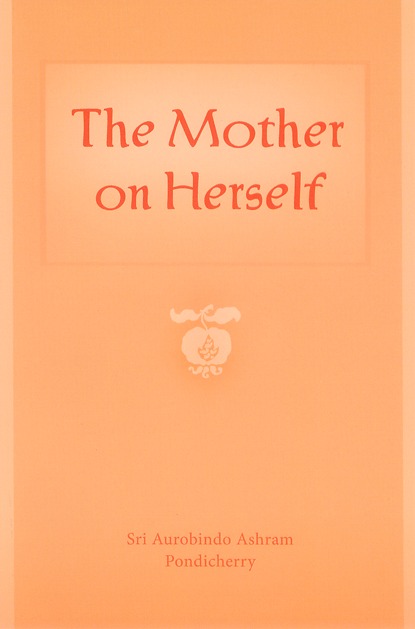
In this collection of extracts from the writings and talks of the Mother, she speaks about her childhood in Paris, her life as a young artist, her early occult and spiritual experiences, her stay in Japan, and her life with Sri Aurobindo in Pondicherry.
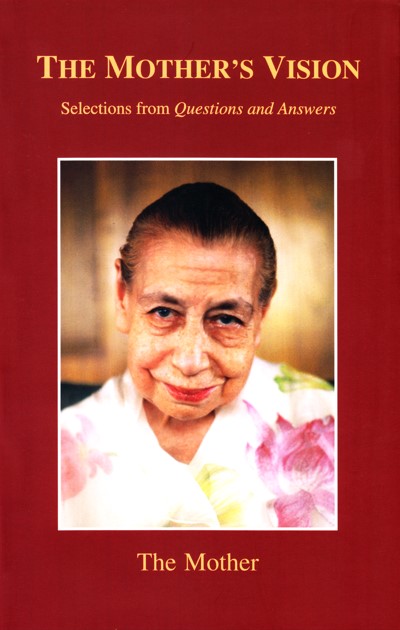
This book contains a selection of the Mother's conversations that belong to two distinct groups. During the first period, from 1929 to 1931, the Mother spoke informally with a small group of Ashramites who met her every week, answering questions about life and Yoga. During the second, from 1950 to 1958, she spoke to a larger audience, the Ashramites and students who attended her evening classes at the Ashram playground. The topics range from the spiritually elevated and philosophically complex to the practical and mundane. The conversations, which cover a broad variety of subjects in considerable depth, taking up many issues that are rarely treated elsewhere, offer an uplifting vision of human existence. In the Mother's view, we are destined to outgrow our limited egocentric personalities, discover our true selves, and ultimately create a divine life on earth.
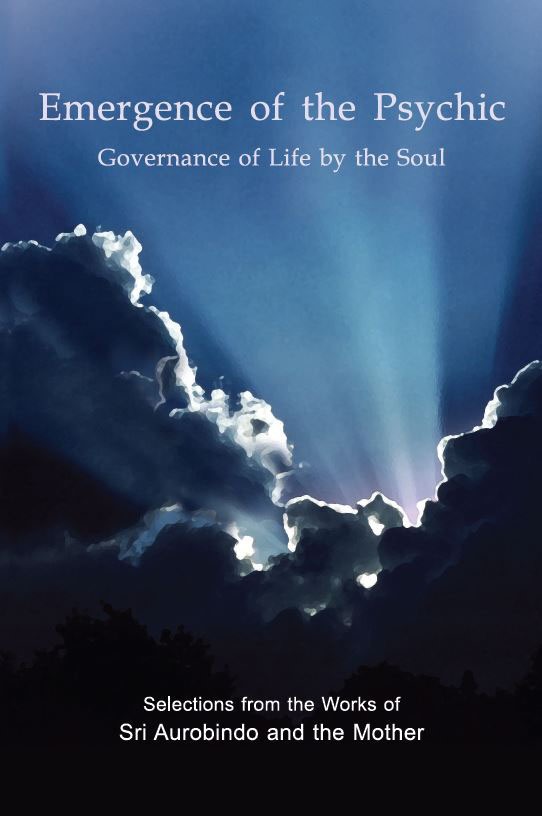
This book aims primarily to help the reader become aware of the influence and action of the soul in life and then to describe and clarify the various states of consciousness that pertain to the experiences of the soul. The selections were chosen to provide the reader with a mental understanding and clarity that can help identify the movements and influences of the psychic being and grow more conscious of which factors are helpful and which harmful "in fostering the awareness of one's soul". Finally, it aims to light the way beyond the initial discovery of the psychic being to an aspiration for the complete transformation of the external being, leading to a life governed only by the soul. This book, an expansion on the editor's previous compilation The Psychic Being, deals more extensively with the practical aspects of the subject.
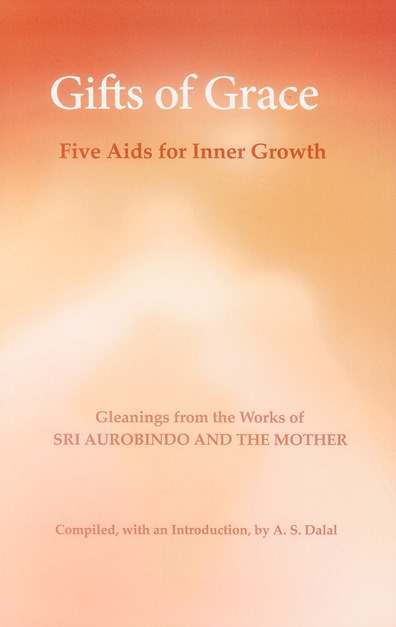
This compilation delves into a study of five aids for inner growth, "gifts" from the Grace which acts as an evolutionary force behind the appearances of life to lead and guide humanity towards the divine realisation which is its destiny. The five aids are aspiration for progress, will for progress, faith and trust, difficulties and suffering, and the psychic being. Selected passages provide the reader with definitions of key concepts such as the roles of personal effort and surrender in the will for progress, understanding the relation between desire and aspiration, and learning to recognise difficulties as the means to make a swifter, more complete progress.
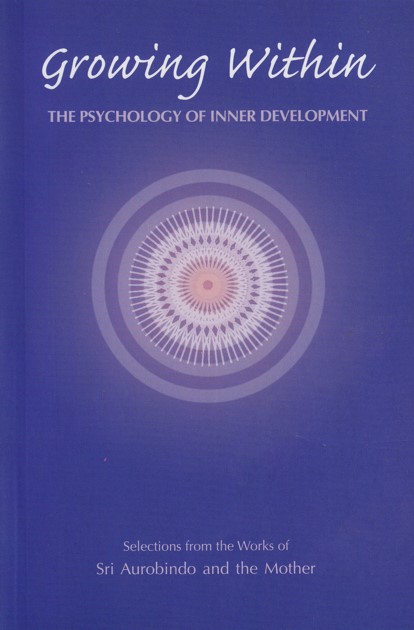
The selections in this compilation provide an overview of the meaning, nature, and processes of inner development. These include the first awakening of consciousness, the basic requisites and initial stages of inner growth, the individual means and methods to grow in consciousness, some of the difficulties and pitfalls along the way, and the eventual new birth into a spiritual life that comes from a reversal of consciousness. The focus of the book is inner growth as an experiential process based on certain universal psychological elements and principles, and its purpose is to help seekers understand and recognise the processes and experiences of inner development and foster its growth in their lives.
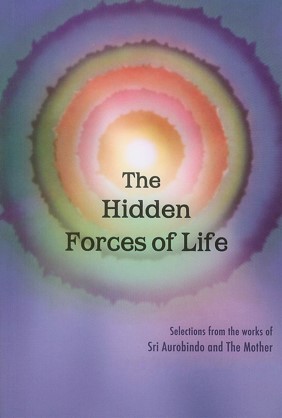
The unpredictability of our moods, impulses, and emotions and the apparent randomness of happenings in our external lives are primarily due to the play of hidden forces at work in the world, forces of which we are almost totally unaware. This book is a compilation from the works of Sri Aurobindo and the Mother on these hidden forces and how they influence our thoughts, feelings, and actions and determine the course of events in life.
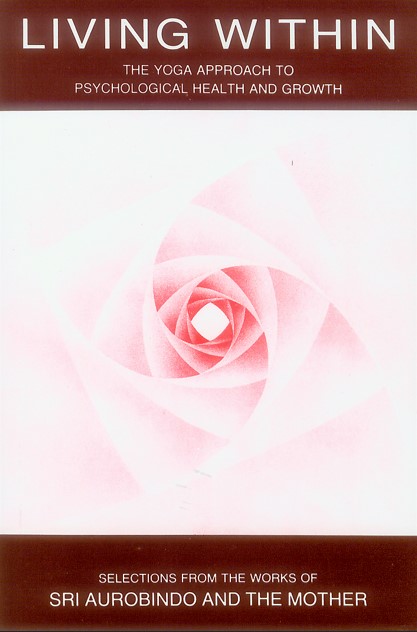
A state of positive mental health is more than the absence of marked psychological disturbances such as fear, anxiety, depression, insecurity, restlessness, anger, or jealousy. It connotes the presence of certain positive characteristics which impart a sense of psychological well-being, such as peace, inner security, confidence, and a sense of self-mastery. This book presents some of the principles and methods of Sri Aurobindo's integral yoga for overcoming psychological disturbances and for attaining positive mental health.
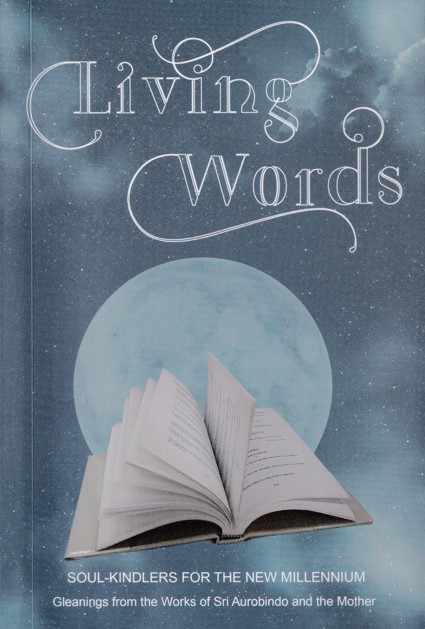
The central message of this book is that evolution, which is a progressive unfolding of the Spirit through successively higher levels of consciousness, has reached a stage where the next transition is preparing to take place, the leap from mind to that which is beyond mind—the supermind. The writings of Sri Aurobindo and the Mother do not just convey certain ideas but also induce a psychic or soul state of consciousness. They are living words, vibrant with a consciousness greater than that of the mind, and are capable of kindling the spirit of receptive readers. The extracts in this book have been selected because they embody this unique quality.
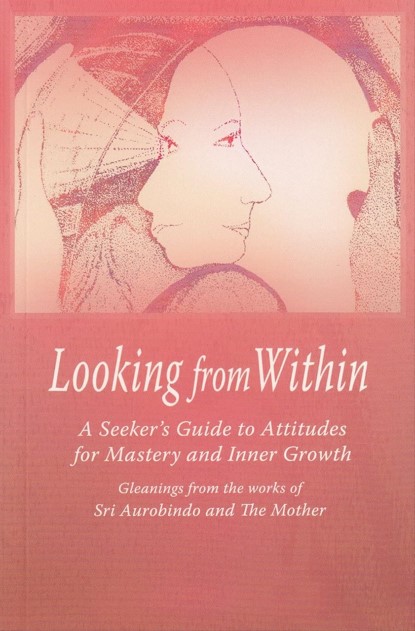
All of the many approaches for the attainment of self-mastery and inner growth involve the cultivation of certain attitudes related to inner or psychological states from which we look at and react to everything in life. This book deals with such basic attitudes in the light of Sri Aurobindo's Yoga.

Spirituality may often be confused with morality, idealism, and religion, which play significant roles in regulating, controlling, and directing the lives of most men. But spirituality, or yoga in its more general sense, is essentially different because it proceeds directly by a change of consciousness and presents a radical new approach to life. This approach, which goes beyond the ego and its exclusive focus on the common habits of the mind, life, and body, reveals to man how to find his true self and seek union with the Divine. The editor has selected passages from the works of Sri Aurobindo and the Mother that define and clarify these fundamental differences and, in the final section, that describe how to prepare for and take up the path of yoga.
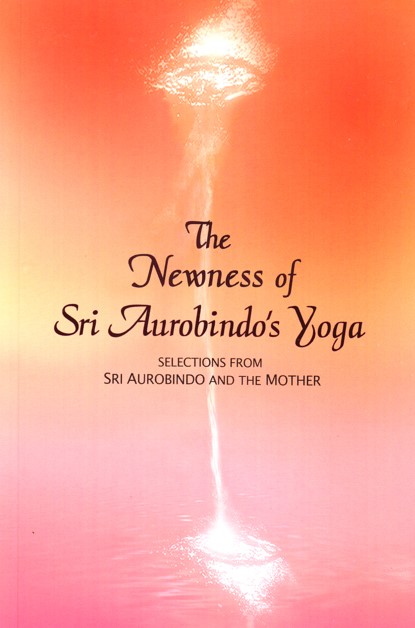
This compilation aims to highlight those elements of Sri Aurobindo’s teachings and his method of Integral Yoga that set him apart from traditional paths; the “newness [of the Integral Yoga] is in its aim, standpoint and the totality of its method”. These elements include his integral view of Reality that focuses on the ultimate divinisation of mind, life, and matter, his concept of an evolution of consciousness, and what the compiler terms his integral scheme of psychology, which deals with the planes of consciousness in the cosmos and the corresponding parts of the human being. His method of Yoga goes beyond the aim of personal freedom to a radical and complete change of consciousness leading towards a supramental consciousness, combines all methods of sadhana, and outlines a path toward self-perfection that will determine the next cycle of humanity and a new world.
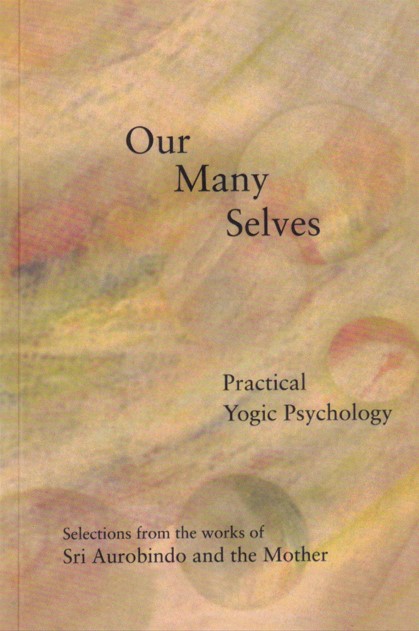
Sri Aurobindo's oft-quoted statement, "Yoga is nothing but practical psychology", provides the pivotal inspiration for this compilation. The book presents the Yoga as essentially a process of inner psychological work aimed at the transformation of consciousness. It discusses in detail the various planes and parts of the being and how they are to be harmonised and unified around the soul.

In Sri Aurobindo’s teaching, the Reality of existence is Consciousness and evolution consists in an increasingly higher manifestation of the inner consciousness behind matter, creating progressively higher material forms for its embodiment. He wrote, “The next step of the evolution must be towards the development of Supermind and Spirit as the dominant power in the conscious being.” This compilation highlights the role of Sri Aurobindo’s Integral Yoga in the process of this spiritual evolution, a conscious collaboration in the realisation of the divine destiny of the world.
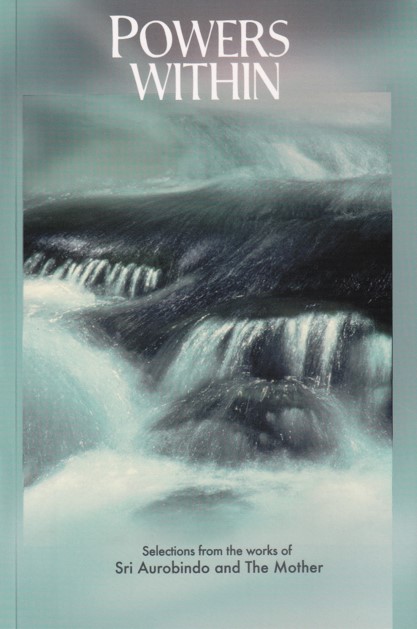
This book deals with the dynamic inner faculties inherent in man, though more or less dormant or undeveloped. Two types of latent powers are distinguished: those that have not yet evolved or may not even be suspected, such as clairvoyance, telepathy, and other occult powers; and those that we already possess but use most often in a quite rudimentary form, such as the powers of thought, imagination, will, concentration, and intuition. These selections from the writings of Sri Aurobindo and the Mother throw light on the nature of these "powers within" so that we may learn to use them more consciously, deliberately, and beneficially.
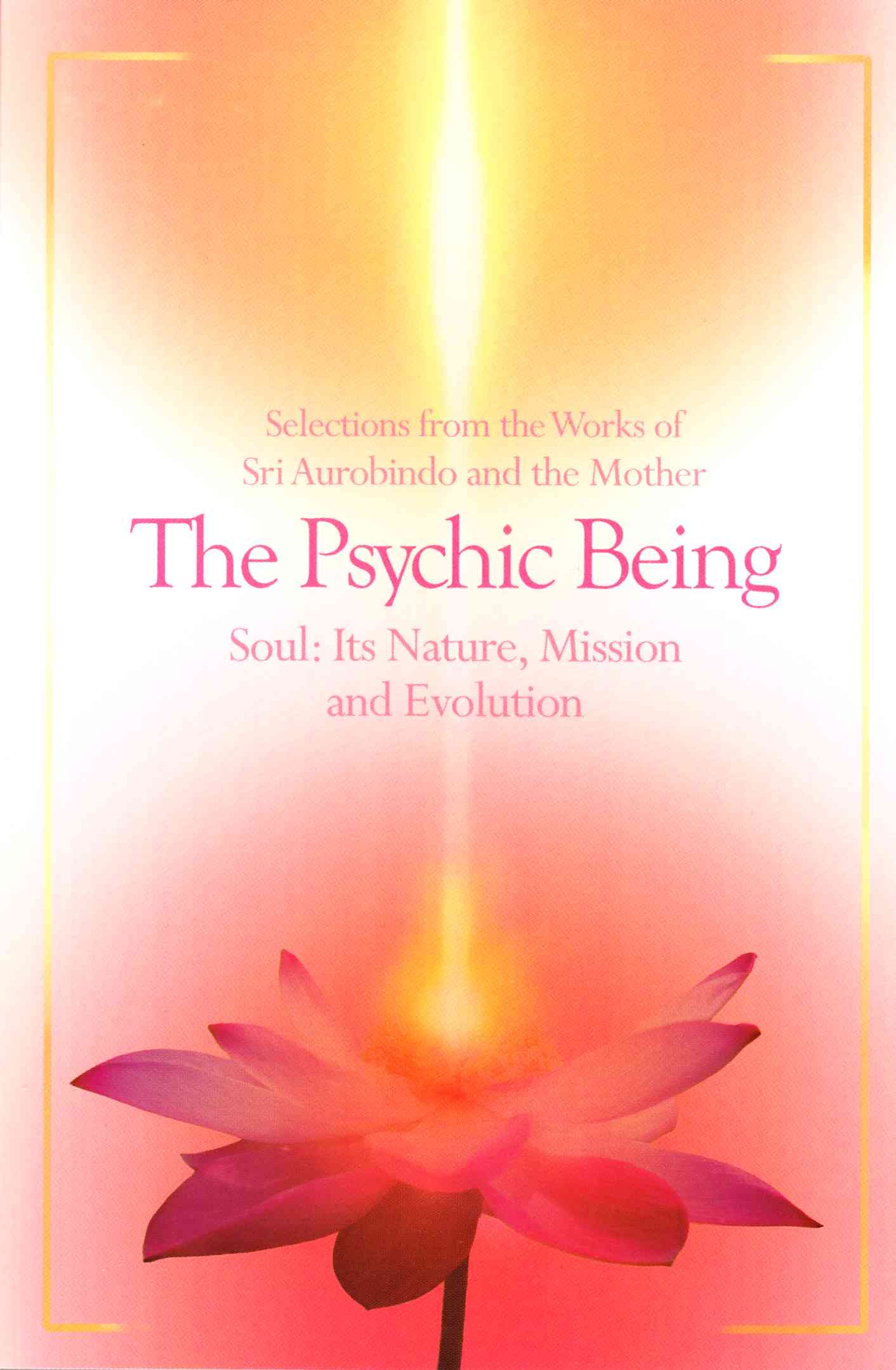
The selections in this compilation deal with the meaning and nature of the psychic being, its role and action in the awakening to the inner life, and its influence on the afterlife and the process of rebirth. Many of the extracts clarify the difference between the soul in its purely essential form and the psychic being, which is the soul in its evolutionary, individualised form. The process of psychic growth and development and the central role of the psychic being in the individual's sadhana are some of the key concepts in Sri Aurobindo's Integral Yoga and are given prominence in this compilation, which is aimed mainly at the general reader.
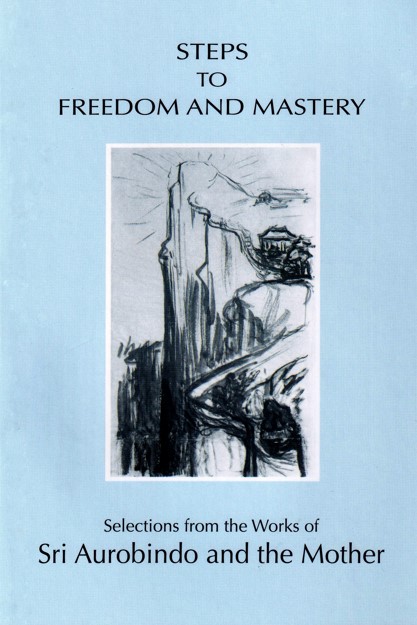
The passages in this compilation help to define spiritual freedom and self-mastery. The book begins with descriptions of the ordinary human existence ruled by the elemental Ignorance of the material Nature. Subsequent parts outline the first steps towards achieving a freedom from and a mastery over our human imperfections: becoming conscious of one's inner movements, purification of the lower nature leading to self-mastery, and detachment from the movements of the outer being. Absolute mastery and supreme freedom can be finally attained through the liberation from the ego and the radical transformation of the mental, vital, and physical nature into the divine nature.
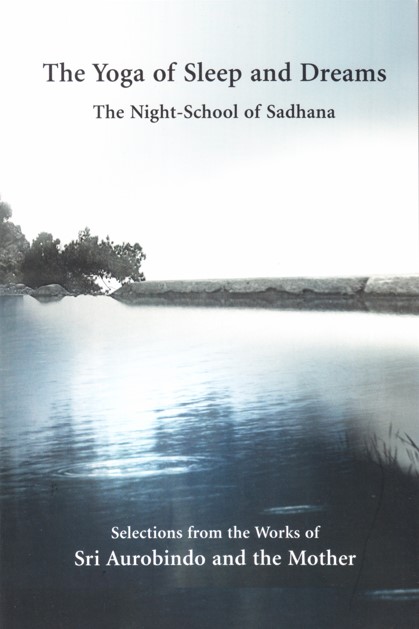
The Mother said, "You can become conscious of your nights and your sleep just as you are conscious of your days. It is a matter of inner development and discipline of consciousness." This book contains guidance for making sleep more conscious, thereby replacing subconscient dreams with conscious experiences. The ultimate goal is to transform sleep into a state of yogic repose, a state in which one can enter into the inner worlds and act there as in the physical world.
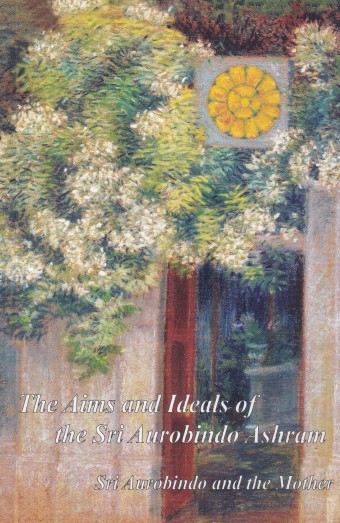
This compilation deals with the aims and ideals of the Sri Aurobindo Ashram, its character and way of life. The subjects covered include living in the Ashram, the practice of the Integral Yoga, the place of work, relations with others, religion, philanthropy, politics and business. The texts are all brief passages from the works of Sri Aurobindo and the Mother; most are letters to disciples who were living in the Ashram. At the end there are notes on Sri Aurobindo, the Mother and the Ashram, and a glossary. The book will be of interest to anyone who wishes to understand the purpose of the Ashram and its way of life.
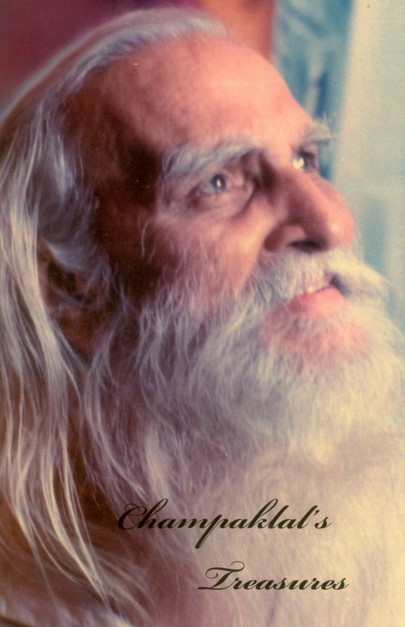
This book comprises writings and talks of Sri Aurobindo and the Mother that were collected and preserved by Champaklal, who served them personally for more than five decades. It is organised into five parts: a section of short letters by Sri Aurobindo and the Mother, which have been arranged and provided titles by the editor; some notes, prayers, and reflections of the Mother; a section that includes the significance of their blessings and symbols, and Sanskrit names given to disciples and devotees; letters written by Sri Aurobindo to some of the early disciples; and records of some interviews and talks. Containing new material recently found among Champaklal's papers, this is a revised and enlarged edition.
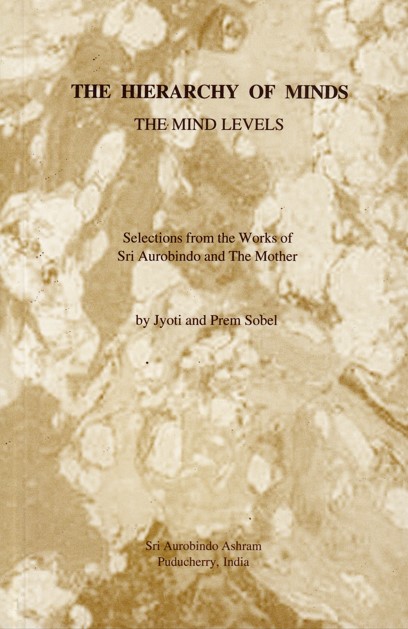
What we call 'mind' comprises in reality much more than our faculties of reason and imagination. It involves a complex gradation of powers, many of which are outside our conscious perception but which influence our surface mental activity.
Sri Aurobindo has spoken at length throughout his writings about the five minds of man and the corresponding minds in the universe. This book puts forward Sri Aurobindo's views on man's consciousness in relation to the mind, its various levels and functions within the body consciousness and also its potential to transcend the body consciousness.

Among the essays included here is the series "A System of National Education", first published in the journal Karmayogin in 1910, in which Sri Aurobindo introduces certain general principles of a sound system of teaching. Also included are two articles written in 1949 on the importance of physical education and the perfection of the body as an essential component for the eventual divinisation of material life. Selections from the Mother's writings include essays on physical, vital, mental, and psychic and spiritual education.
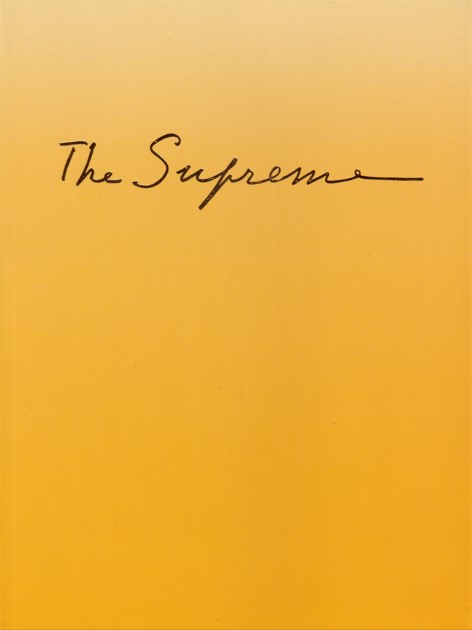
These conversations with the Mother were noted down from memory by Mona Sarkar. They were originally held in French, and took place in the late 1960s. The contents include, among others, "Mother – The Supreme", "The Mother's Voice", "The Mother's Feet" and "The Luminous Gaze of the Supreme". As expressed in the introductory note, "In spite of the human incapacity to convey the true value of Her words, … these talks, it has been felt, reflect Her Light and Her Force; they bring something of Her Presence." The book contains numerous photographs of the Mother.
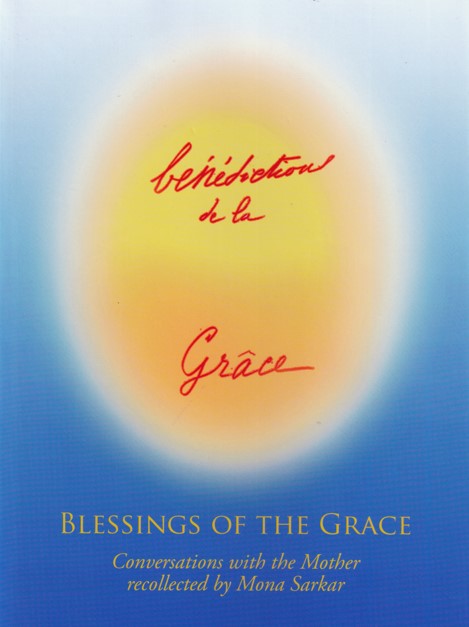
These conversations with the Mother, originally held in French, were noted down from memory by Mona Sarkar. They took place from 1959 to 1968, and covered such topics as the Mother's way of working with sadhaks, the different nature of the experience when people met her in her interview room, her work to reveal the divine harmony behind appearances, her relation with her own Mahasaraswati aspect, the power of Sri Aurobindo's presence one feels in his room, and the new consciousness that descended on earth in 1969. The last fourteen pages contain the Mother's written answers to questions Mona had submitted to her in his diary in 1951. The book contains many photographs of the Mother and facsimiles of her handwritten notes in the original French.
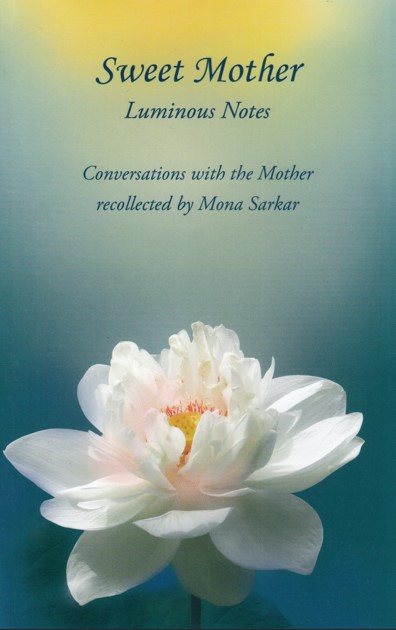
This book is a collection of conversations with the Mother on a variety of topics. They were noted down from memory except for a few that were recorded on tape. In these conversations the Mother covers a wide range of subjects, from her signature, her photographs, and the significance of flowers to palmistry, the March Past, and football. Perhaps most significantly, she talks extensively on Savitri in a manner not expressed anywhere else in her writings or talks. This book includes revised versions of all the conversations published earlier in the two parts of Sweet Mother: Harmonies of Light, as well as new material.

The compiler has collected his notations on Nature and flowers from his numerous conversations with the Mother. The notations are organised into chapters such as “Flowers Have Their Own Language”, “Aspiration”, “Transformation”, “Promptings of Nature”, and “The Universal Game”. Each chapter begins with the picture of a flower with the significance given by the Mother, along with her comment. In these conversations the Mother reveals her identity with the powers and forces of universal Nature, how to communicate in joy and harmony with this subtle world, and the ways in which she used flowers to transmit to her disciples the vibrations and spiritual qualities carried by each flower.
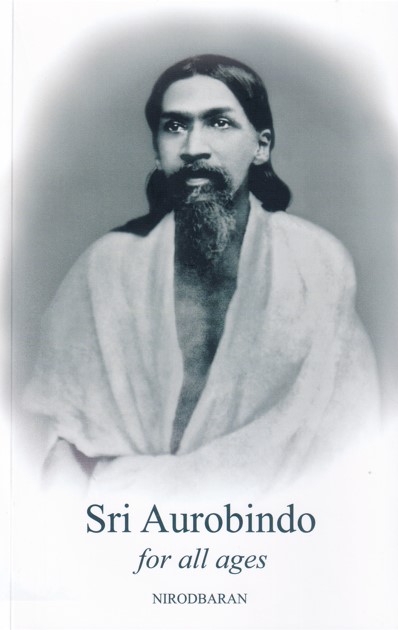
A biography suitable for young as well as mature readers, this book was written by a disciple who carried on a long and varied correspondence with Sri Aurobindo and who then later served as Sri Aurobindo's literary secretary. He has culled interesting anecdotes and experiences from his correspondence and from the talks which Sri Aurobindo had with his attendants between 1938 and 1950 to give a unique flavour and an intimate feel to this book.
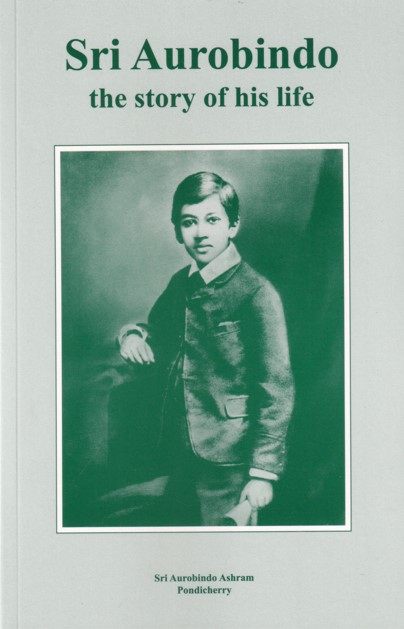
Written for young readers, this biography of Sri Aurobindo presents the historical facts of his life in twelve chapters. The language is simple and the format, which breaks the narrative into easy-to-read lines, adds a special cadence and appeal. The style aims to engage readers in the events of Sri Aurobindo's life, as if someone were telling them an interesting story.
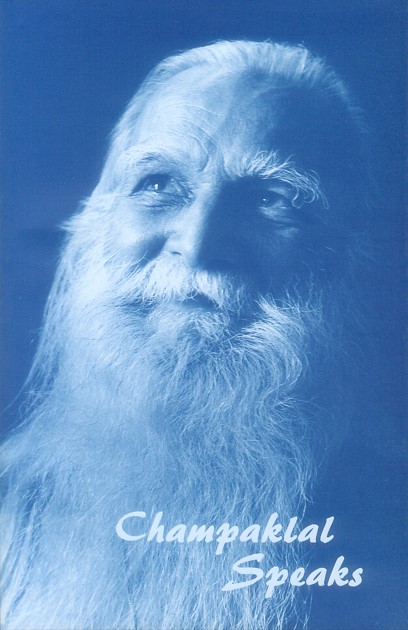
This book contains reminiscences, correspondence, notes and other material gathered during Champaklal's long period of intimate contact with Sri Aurobindo and the Mother when he served them as a personal attendant. This revised and enlarged edition includes many new episodes in the main section "Recollections and Diary Notes" as well some material published in Champaklal's Treasures.
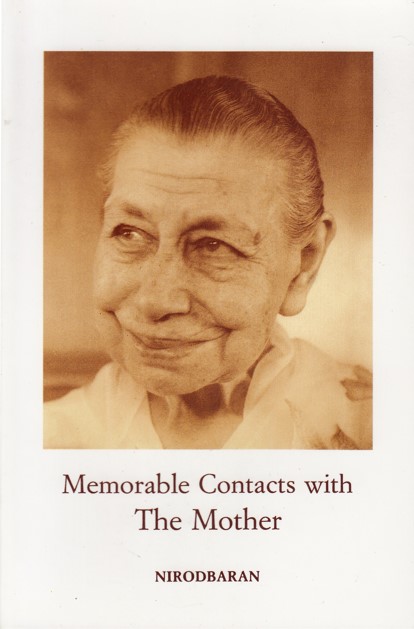
Beginning with their first meeting in 1930, Nirodbaran recounts some of his contacts with the Mother over a period of more than forty years. She guided him on medical matters during his years as the Ashram doctor, encouraged him in his games of tennis, volleyball, and table tennis, and in later years was a willing audience as he read out to her his books concerning his contact with Sri Aurobindo. This book presents many examples of the Mother's ways of working in the daily life of the Ashram community.
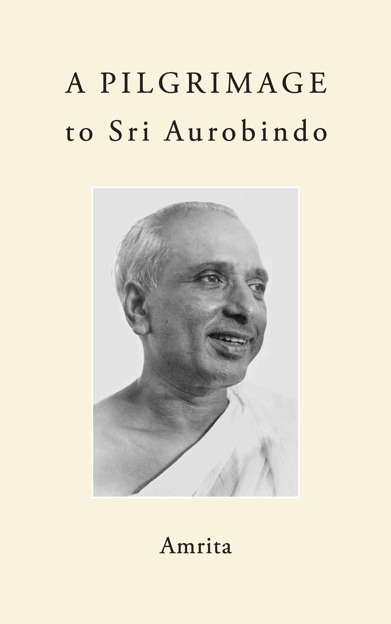
These reminiscences tell the story of how Amrita, at the age of fifteen, conceived a great desire to meet Sri Aurobindo and pursued this dream for more than three years until he finally met his Master in 1913. Amrita writes of his early life in his village, his days as a student in Pondicherry, his contact with the poet Subramania Bharati, his efforts to meet Sri Aurobindo, his studies in Madras, and his gradual initiation to Sri Aurobindo's Yoga. This brief narrative, written in 1962 in Tamil, was translated into English in 1969 and published under the title Old Long Since as part of the larger book Reminiscences. In this book, the English translation of Amrita's memoir is being published for the first time as an independent book.
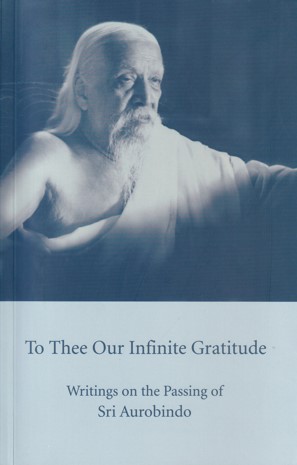
This book of reminiscences, essays, letters, and excerpts evokes the hours and days before and after the passing of Sri Aurobindo on 5 December 1950. It begins with the Mother's words, recalling his sacrifice and offering the assurance of his continued presence and spiritual action. There are personal accounts by Nirodbaran, Dr Prabhat Sanyal, and Pavitra that convey the gravity and emotion surrounding Sri Aurobindo's final withdrawal, and essays by Amal Kiran, Udar Pinto, and K. R. S. Iyengar that attempt some understanding of its inner significance. The final remembrance is by the American scholar Rhoda P. LeCocq, who had come for the Darshan on 24 November, and later recorded her first impressions of the Ashram and her own experience of the Grace.
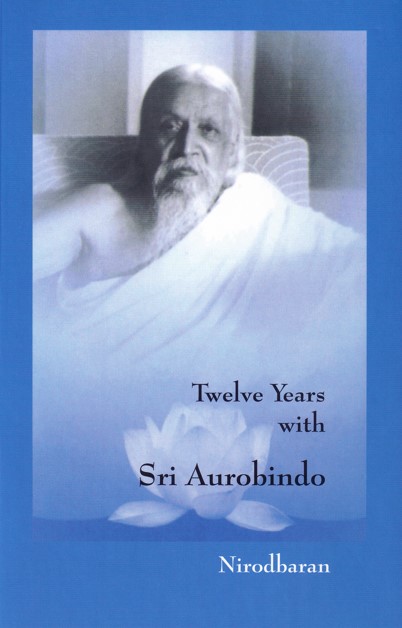
Sri Aurobindo's personal attendant Nirodbaran was privileged to serve his spiritual master for twelve years. In this memoir Nirod-da tells us what this time was like, drawing an absorbing account of the life he observed within Sri Aurobindo’s room. We read about the Master’s daily routine, his relation with the Mother and those who attended him, and some striking features of his personality—his natural reserve, his profound calm, his unshakeable equanimity and his delightful sense of humour. The author has managed to bring out Sri Aurobindo's human side and at the same time his majesty and greatness.
Thanks to Nirod, we have a revelation of an altogether unknown side of what Sri Aurobindo was.
—The Mother
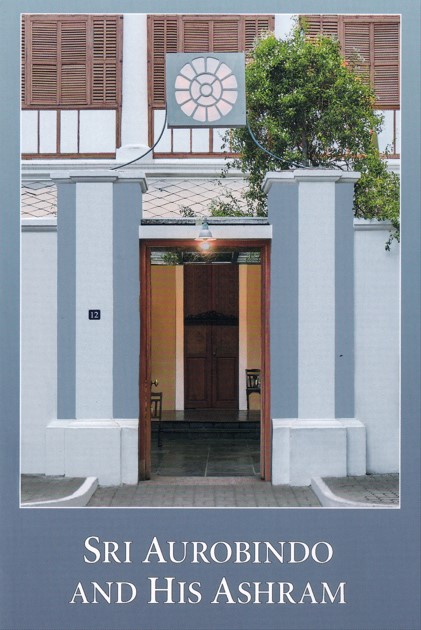
This includes material collected from Sri Aurobindo's own writings. The rest of the material is written by the editors. This book is an attempt to meet the growing demand to know more about Sri Aurobindo, the Mother, their Ashram and their teaching.
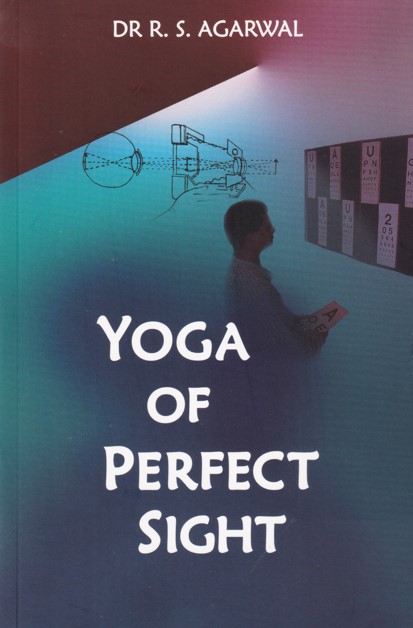
This book is a comprehensive guide on natural eye care. It explains the fundamental concepts and principles of eye-care and eye education, and offers methods for prevention and cure of various eye problems. The book also contains chapters on the discoveries of Dr W. H. Bates and the physiology of the eye, detailed case histories, questions and answers, and some letters by Sri Aurobindo on eyesight and yogic vision.
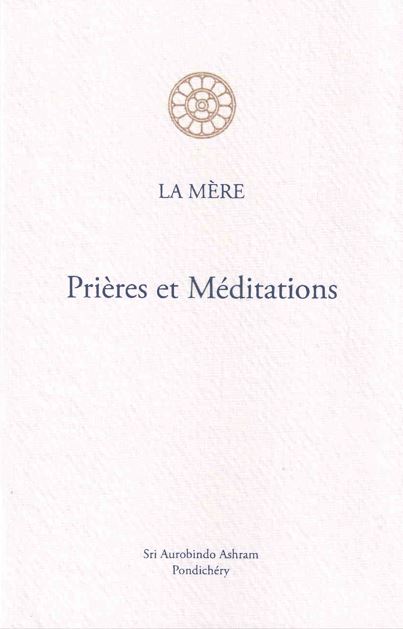
"Ce livre a été composé avec les extraits d'un journal écrit durant des années de discipline yoguique intensive. Il peut servir de guide spirituel à trois catégories principales de chercheurs: ceux qui ont entrepris la conquête de soi, ceux qui veulent trouver la voie menant vers le Divin, ceux qui aspirent à se consacrer de plus en plus à l'oeuvre Divine."
— La Mère

La première partie de cet ouvrage comprend des conversations que la Mère a eues en anglais en 1929 avec un petit groupe de disciples qui méditaient avec elle et lui posaient ensuite des questions sur la nature et le processus du yoga. Ces textes furent traduits en français par la Mère elle-même d’après les notes prises par un disciple.
Les Entretiens de 1930 et 1931 constituent la deuxième partie du livre et traitent des sujets tels que les difficultés dans le yoga, la présence psychique et l'être psychique, la connaissance par union avec le Divin et la réalisation supramentale. La Mère parlait en anglais et ses paroles ont été notées de mémoire par un disciple, puis traduites en français.
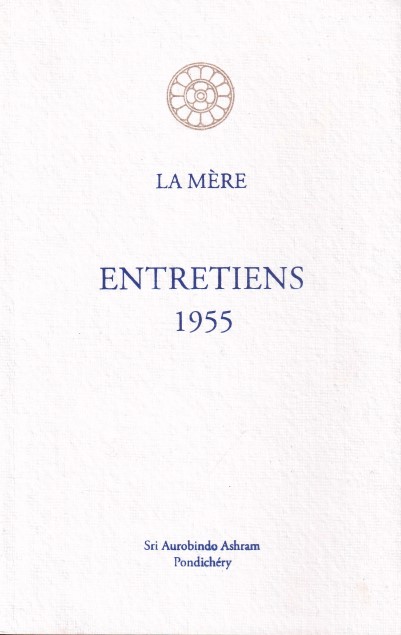
Un large éventail de réponses à des questions de tous ordres et de tous niveaux soulevées par les enfants du Centre international d'éducation et les disciples de l'Ashram.
Ces Entretiens sont basés sur les ouvrages suivants: Les Bases du yoga, Le Cycle humain (la Beauté Suprarationnelle), Le Grand Secret, Les Quatre aides, La Synthèse des yogas.
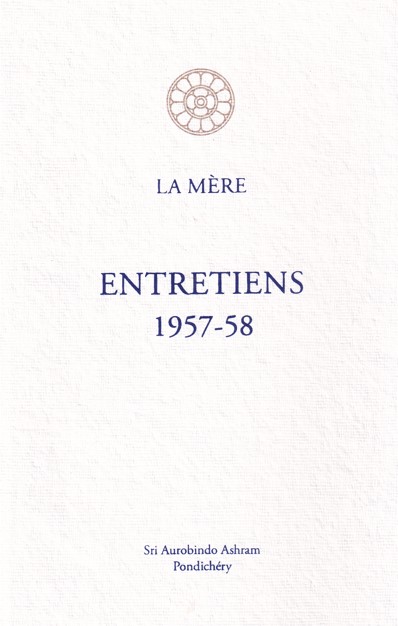
Un large éventail de réponses à des questions de tous ordres et de tous niveaux soulevées par les enfants du Centre international d'éducation et les disciples de l'Ashram.
Ces Entretiens sont basés sur les ouvrages suivants: Apercus et Pensées. La Manifestation supramentale, La Vie Divine.
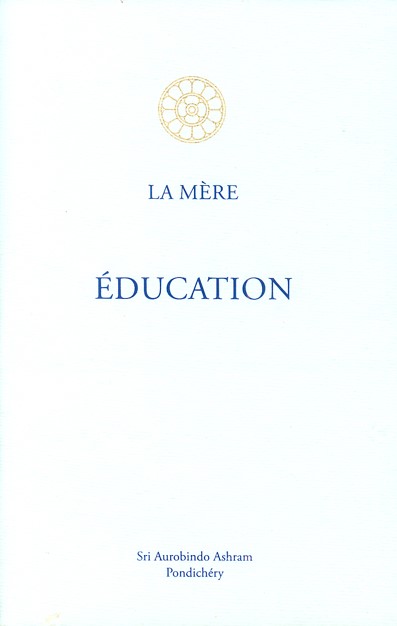
L'éducation intégrale avec ses aspects fondamentaux: l'éducation physique, vitale, mentale, psychique et spirituelle.
Le texte précédent ainsi que des articles, des messages, des lettres et des conversations de la Mère sur l'éducation.
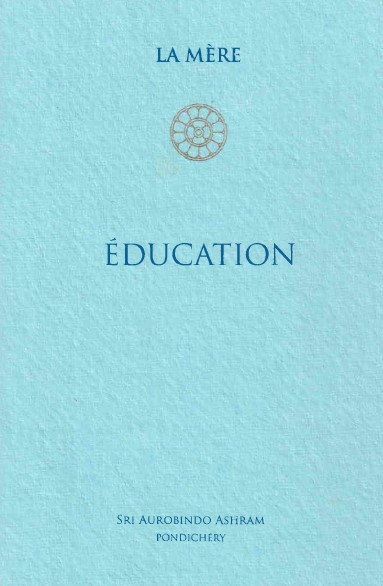
Dans ces quelques chapitres, la Mère trace les grandes lignes d'une éducation intégrale – une éducation non seulement mentale, vitale et physique, mais psychique et spirituelle.
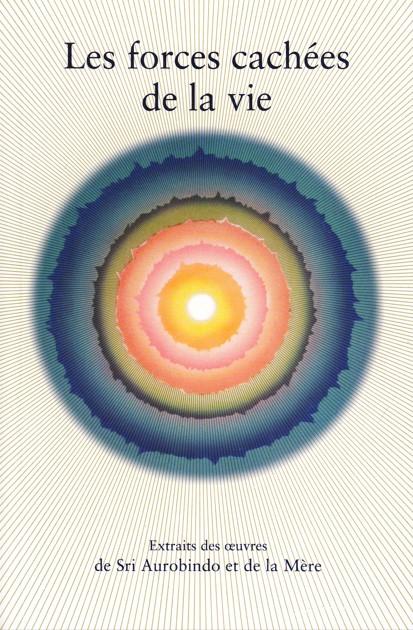
Ce livre est consacré aux forces cachées de la vie ainsi qu'aux forces diverses qui agissent sur nous, déterminent le cours des événements, influencent nos pensées, nos sentiments, nos actions. En prendre conscience est le premier pas indispensable pour sortir de l'illusion de l'ego qui, nous dit Sri Aurobindo, « se vante de sa liberté, mais est à chaque instant l'esclave et le jouet d'innombrables êtres, puissances, forces et influences de la Nature universelle ». Mais il faut ensuite, et c'est la seconde étape de la maîtrise de soi et de la transformation progressive et intégrale de notre être, élargir notre conscience et découvrir ce qui, au plus profond de nous et par-delà ce jeu de forces, est à jamais libre et maître de son destin.

Die hier vorliegende Auswahl präsentiert vornehmlich Gedichte der letzten 20 Jahre. Von Medhananda und Agnidhan kongenial, mit tiefem spirituellem Verständnis und mantrisch-poetischer Kraft ins Deutsche übertragen.
Zweisprachige Ausgabe, Englisch-Deutsch
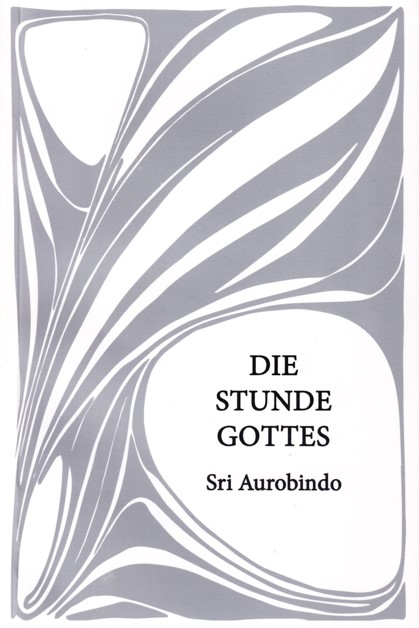
Eine Sammlung bedeutender Kurz-Essays zu prinzipiellen Konzepten in Sri Aurobindos Yoga und Philosophie, mit seinen handgeschriebenen Diagrammen zum Verständnis der subtilen Ebenen und verschiedenen Stufen und Abstufungen im Bewusstsein. Sie enthält unter anderem gewichtige Texte über Parabrahman, Befreiung (mukti), die menschlichen Gedanken-Systeme, Natur, Wesen der Illusion (maya), höchste Mahashakti, Mensch und Übermensch.
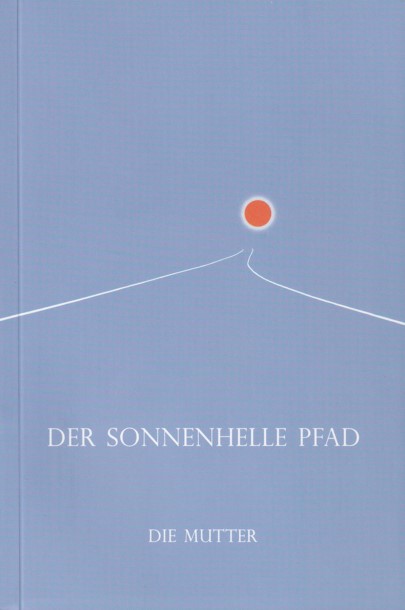
Eine feine Sammlung von Passagen großer Ausstrahlung aus den Collected Works of the Mother zu einem weiten Spektrum weltlicher und spiritueller Themen, wie Wert der Erziehung, Moral, Religion, Wille, Konzentration, Meditation. Die meisten sind den Gesprächen mit der Mutter entnommen — sie beeindrucken durch die Autorität des Gesagten und ihre bemerkenswerte Klarheit. In ihrer Genauigkeit und Tiefe beglücken sie den Leser durch die so entstandene Führung.
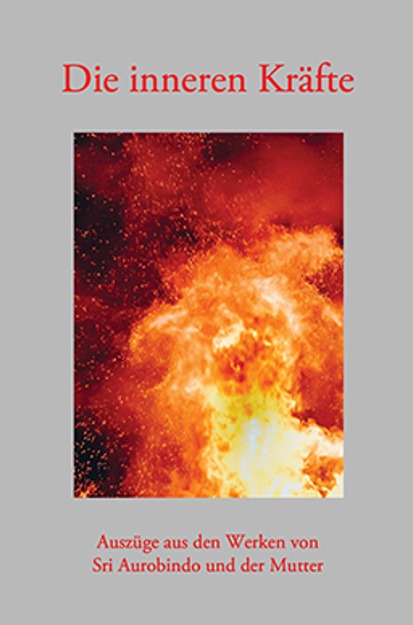
Dieses Buch beschäftigt sich mit den dynamischen inneren Fähigkeiten, die im Menschen zwar angelegt sind, sich jedoch mehr oder weniger in einem inaktiven, unentwickelten Zustand befinden. Dabei werden zwei Arten von latenten Kräften unterschieden: solche, die noch nicht entfaltet sind, oder deren Existenz nicht einmal für möglich gehalten wird, wie: Hellsichtigkeit, Telepathie und andere okkulte Kräfte — und solche, über die wir zwar schon verfügen, von denen wir aber meist in sehr einfacher Form Gebrauch machen, wie die Kraft der Gedanken, der Imagination, des Willens, der Konzentration und der Intuition. Diese Auszüge aus den Texten von Sri Aurobindo und der Mutter erklären die Natur dieser inneren Kräfte, damit wir lernen, sie besser, bewusster und gezielter zu gebrauchen.
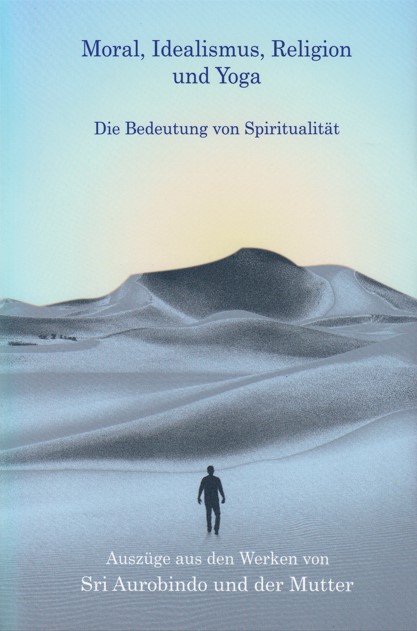
In der Auffassung vieler Suchender wird Yoga in seiner allgemeinen Bedeutung oft mit Idealismus, Moral oder Religion verwechselt. Das Ziel dieses Buches ist es, die Bedeutung von Spiritualität zu klären und von diesen Begriffen zu unterscheiden.
Da Religion besonders leicht als Spiritualität missverstanden wird, behandelt der dritte Teil dieses Buches den Unterschied zwischen dem exoterischen und esoterischen Aspekt von Religion, der ihren spirituellen Kern enthält.
Dieser Teil wirft vom spirituellen Standpunkt aus auch Licht auf die Wirkungen verschiedener religiöser Praktiken wie Gebet, Meditation, Japa und Verehrung (Puja).
„Yoga — Spiritualität“, der abschließende Teil des Buches, erklärt die Bedeutung von Yoga, die der allgemeinen Spiritualität entspricht und die besondere Bedeutung von Yoga als Weg, der zur Vereinigung des individuellen Selbst mit der universalen und transzendenten Realität führt.
Darin werden die drei hauptsächlichen Wege traditioneller indischer Spiritualität vorgestellt, ihr Unterschied zu den Zielen in Sri Aurobindos Integralem Yoga behandelt und damit die Erneuerungen seines Yoga hervorgehoben.
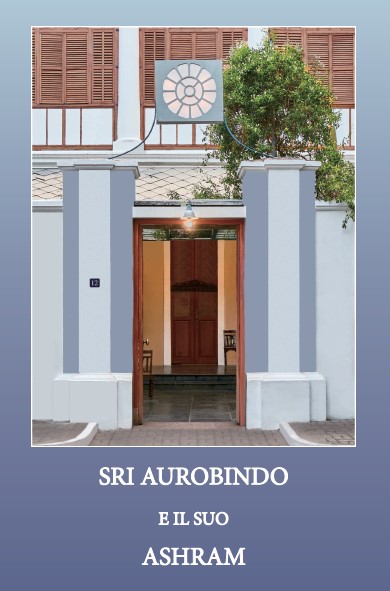
Il libretto contiene due brevi biografie di Sri Aurobindo e della Madre con una descrizione delle attività svolte all'Ashram ed è corredato da foto. Offre al lettore un'introduzione agile sull'origine, i fini e le attività di questa istituzione.
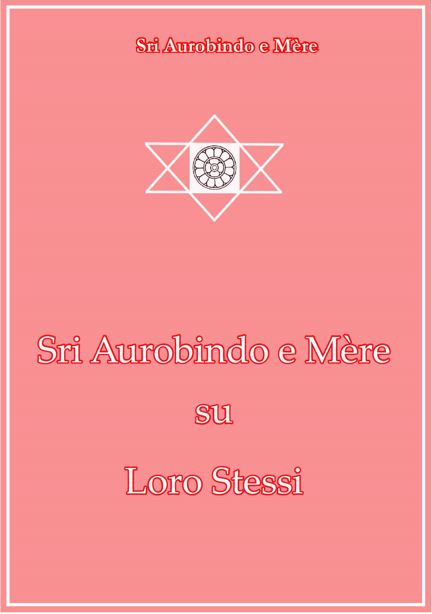
Sri Aurobindo e la Madre sono espressione di una sola e stessa coscienza. E’ ciò che emerge da quanto loro stessi hanno scritto o dichiarato in varie occasioni per spiegare ai discepoli il significato della loro incarnazione congiunta, evento unico e straordinario in questa manifestazione terrestre.
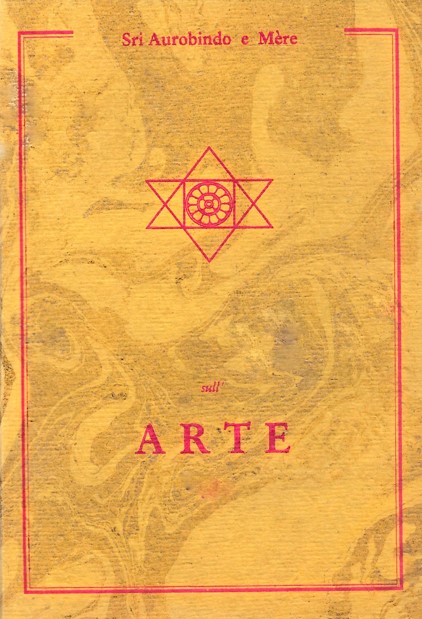
L'arte può esprimere la verità eterna, non è limitata all'espressione della forma e dell'apparenza... Ciò che la Natura è, ciò che Dio è, ciò che l'Uomo è, tutto questo può essere rivelato in modo trionfante nella pietra o sulla tela.
—Sri Aurobindo
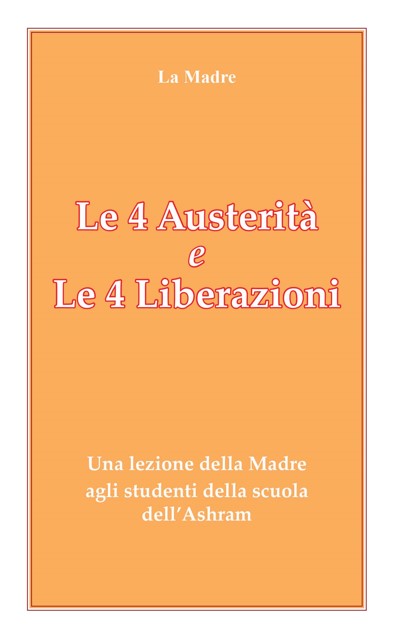
Il testo fa parte di una lezione tenuta dalla Madre agli studenti dell’Ashram, affinché seguissero l'educazione integrale che conduce alla realizzazione supermentale. Allo scopo sono necessarie quattro austerità e quattro liberazioni. Attenzione però, dice la Madre, a non confondere l'austerità con la mortificazione. L’austerità non viene praticata per disprezzo del corpo, per staccarci da esso, ma per una necessità di controllo e di padronanza, necessarie alla trasformazione integrale. La pratica di tali austerità è costituita da quattro discipline o tapasya, che possono essere definite come segue:
1° tapasya dell'amore
2° tapasya della conoscenza
3° tapasya del potere
4° tapasya della bellezza.
Tale pratica porterà alle quattro liberazioni.
|
© 1999 - 2025 Copyright Sri Aurobindo Ashram Trust |